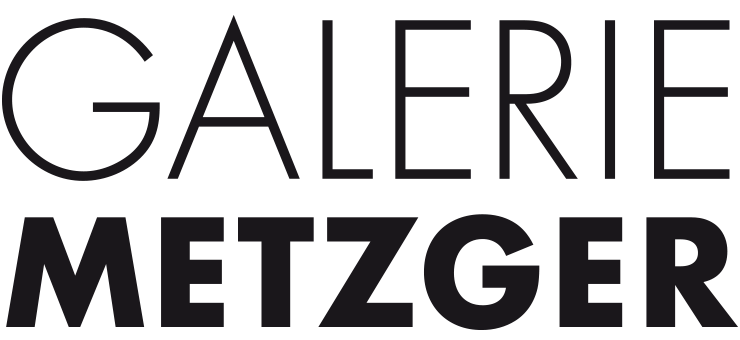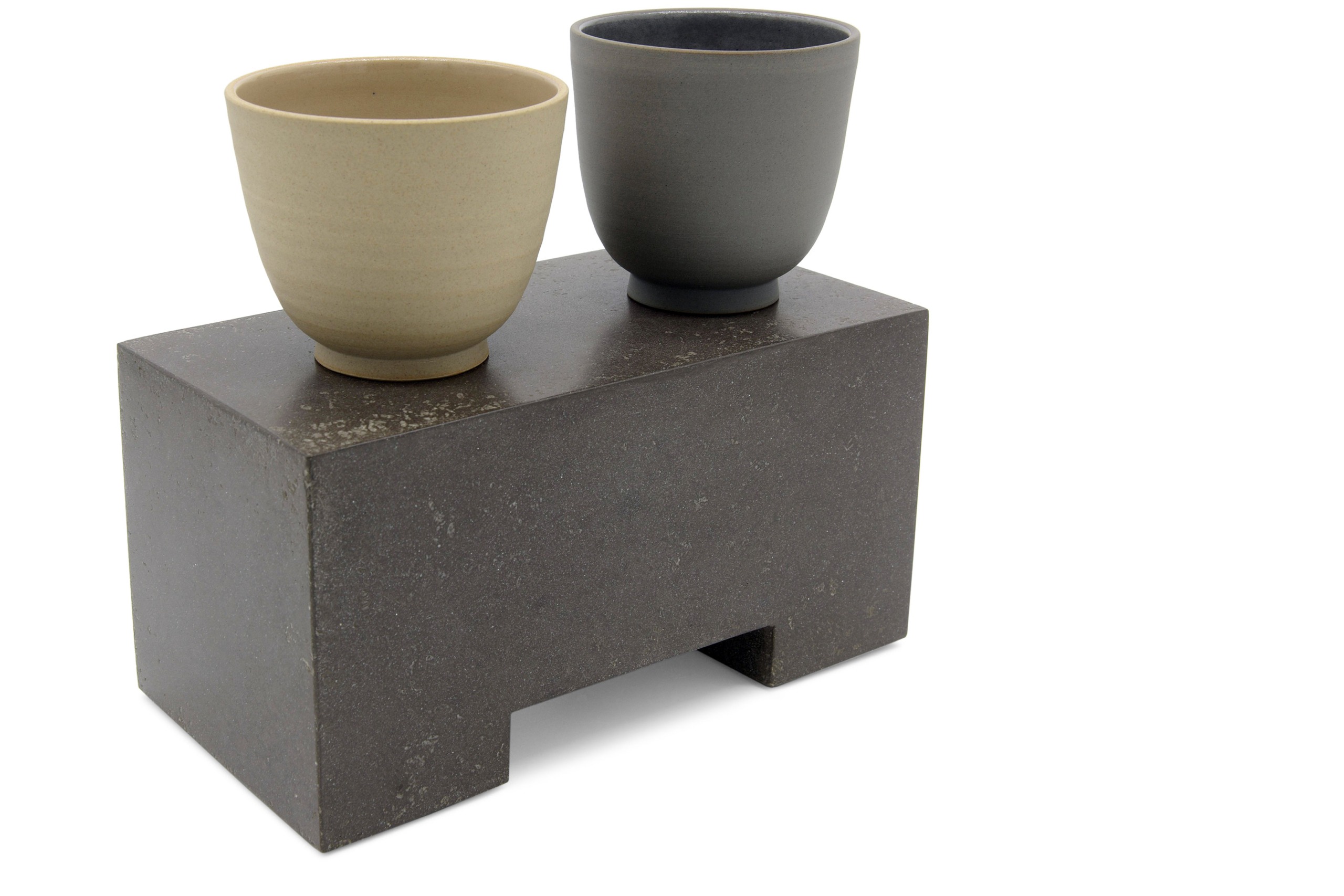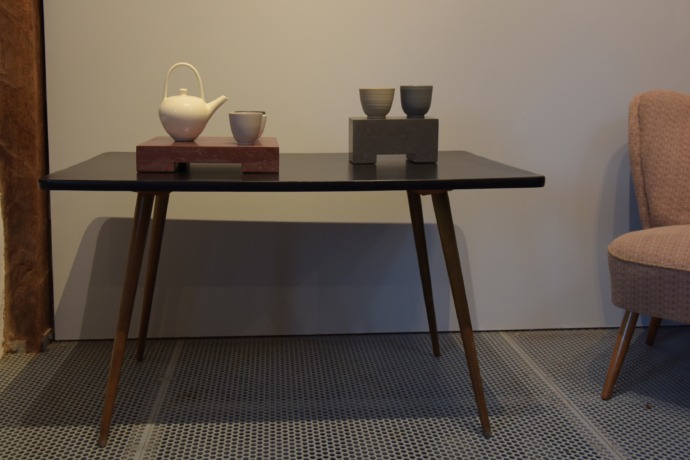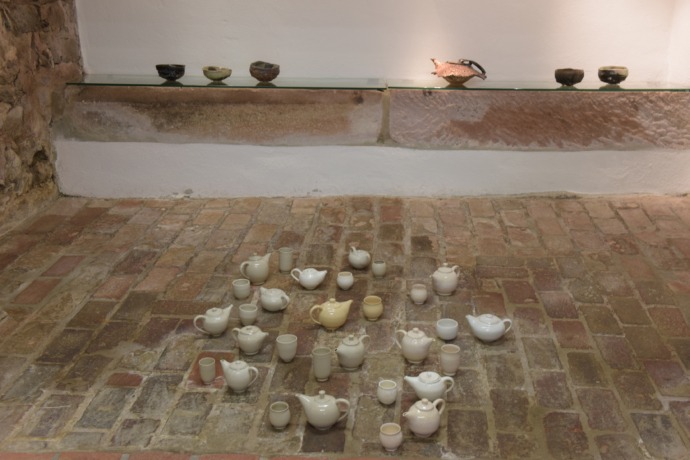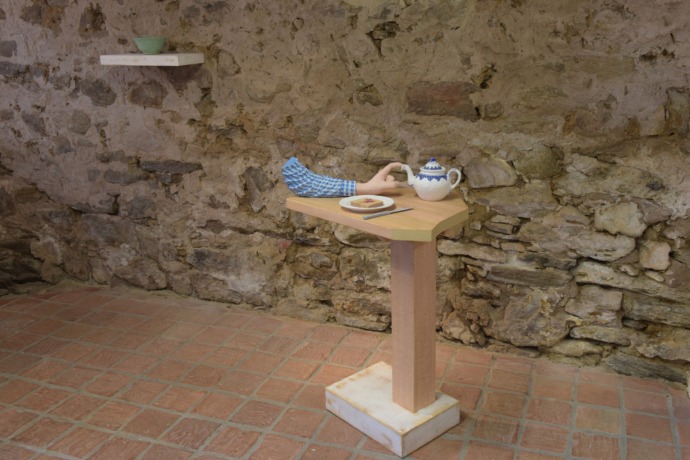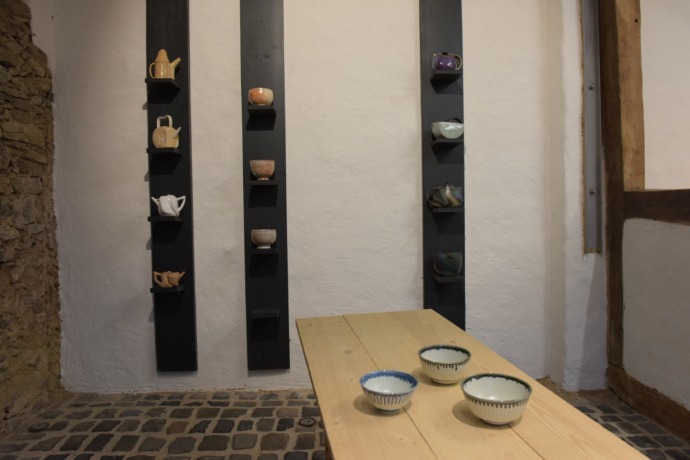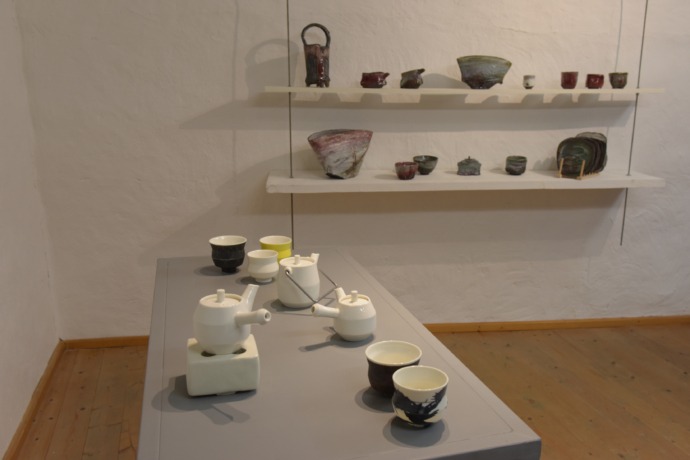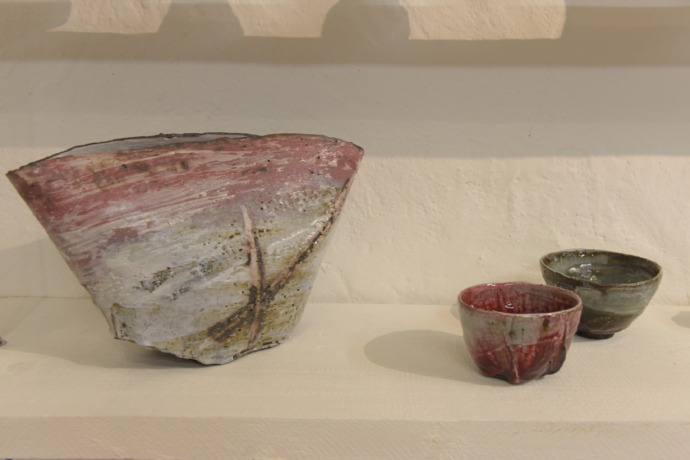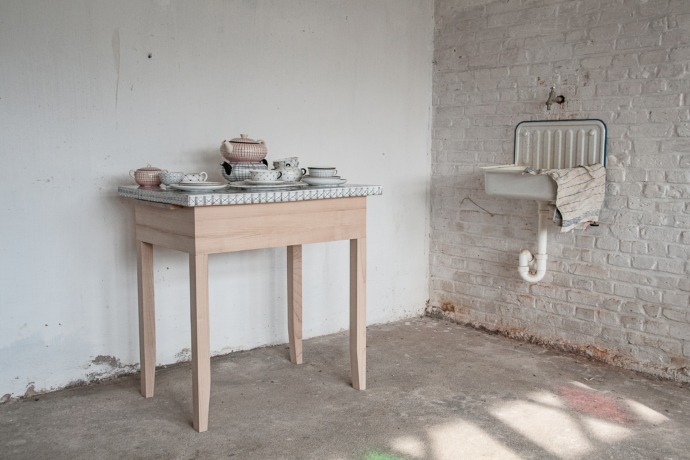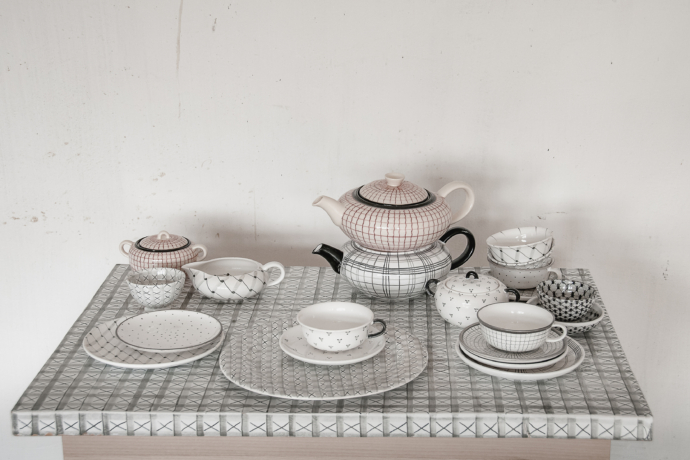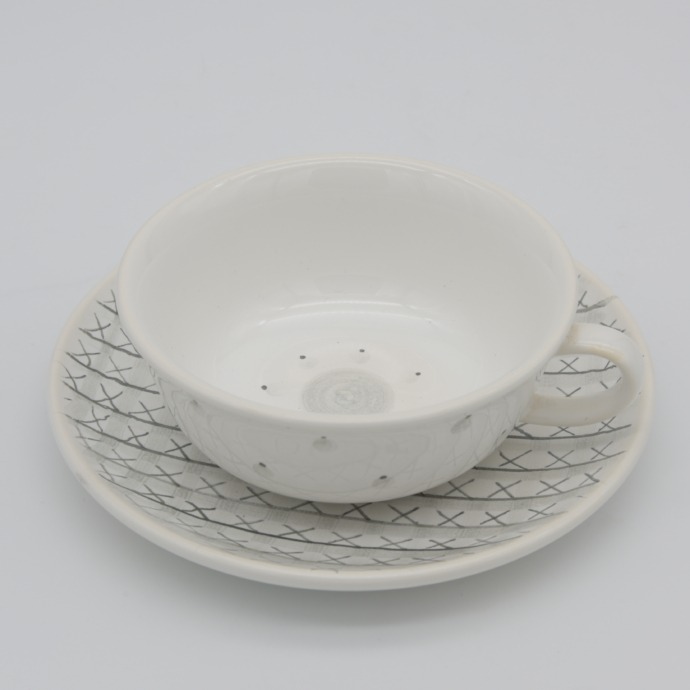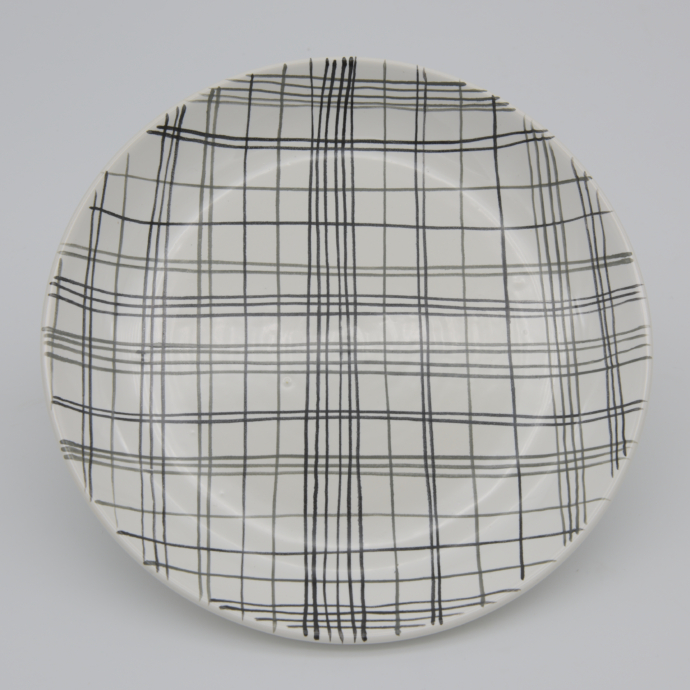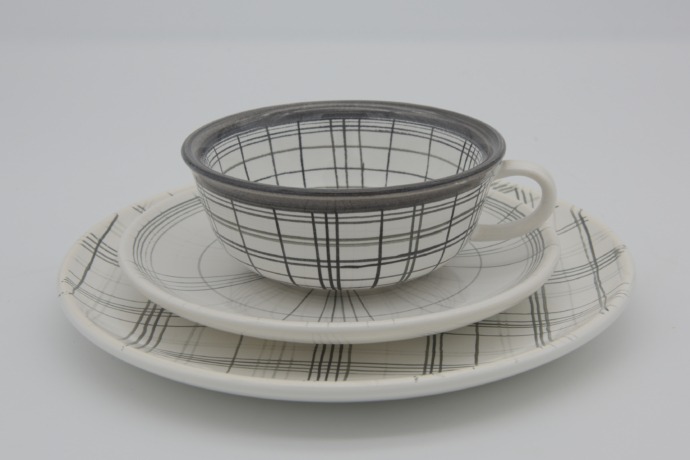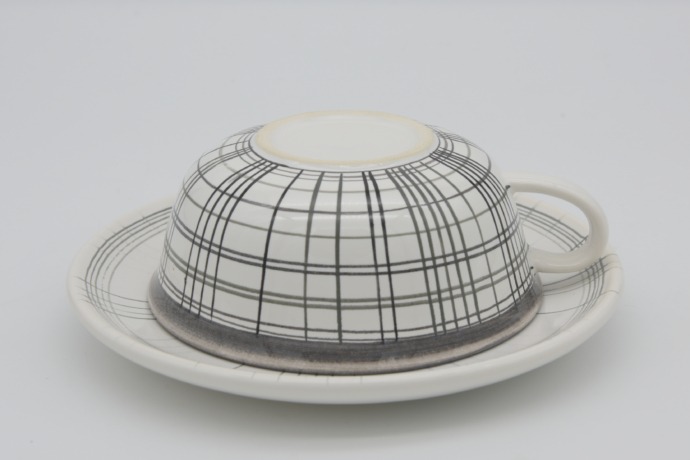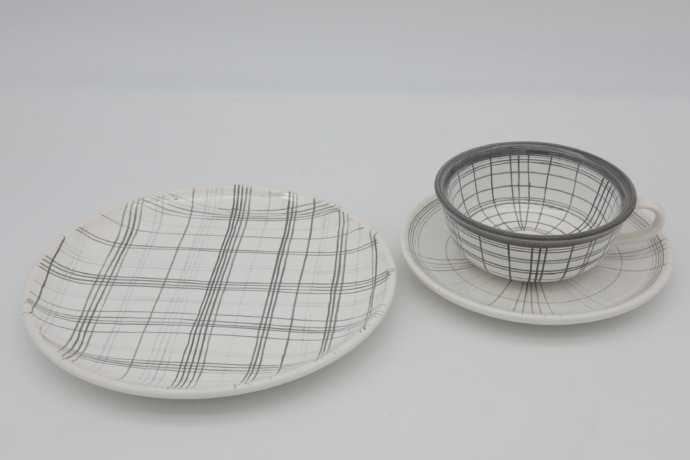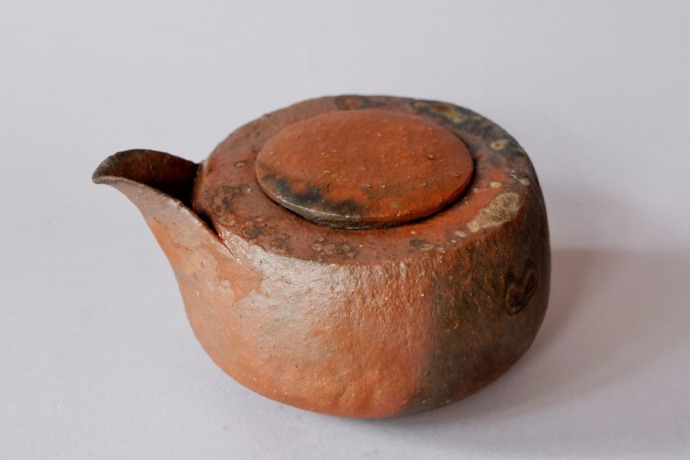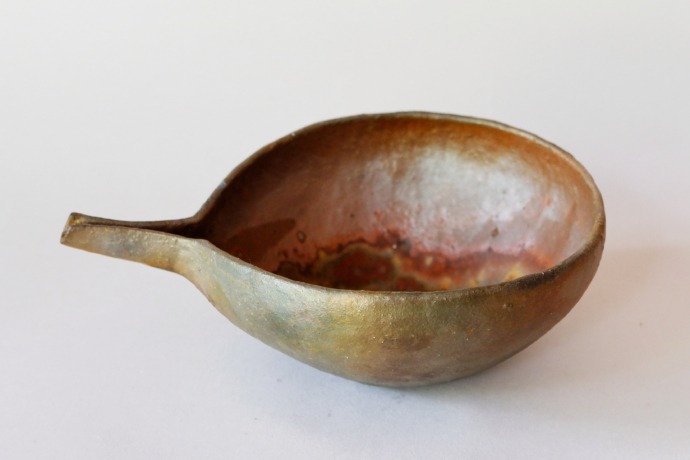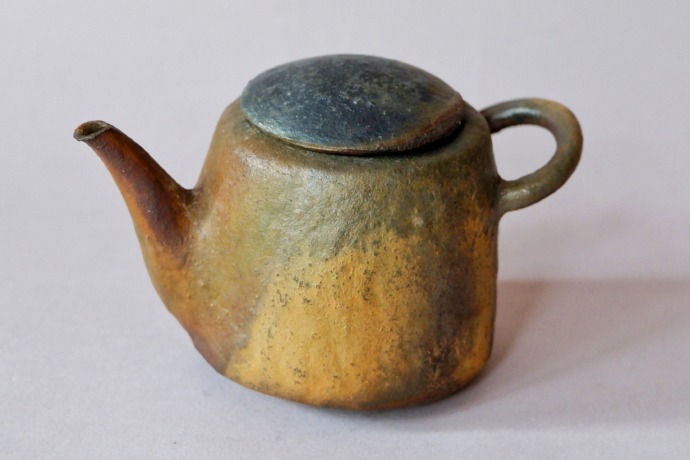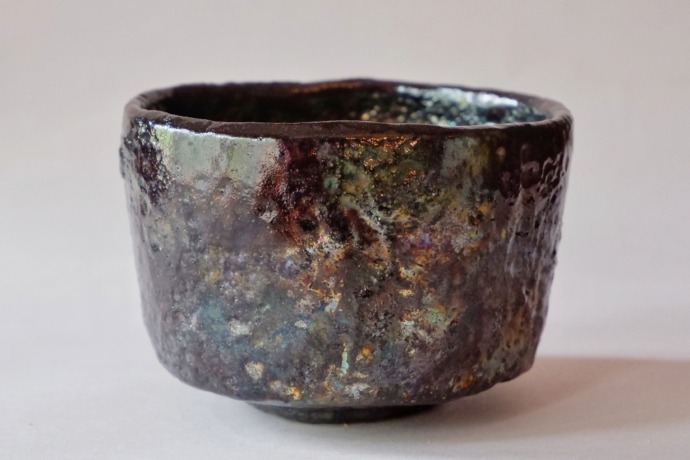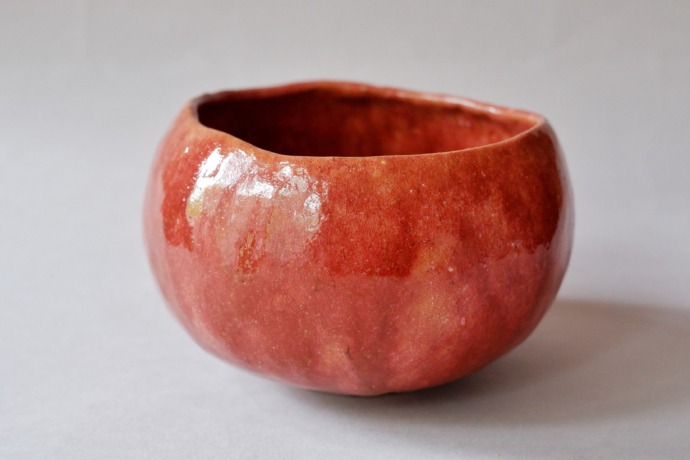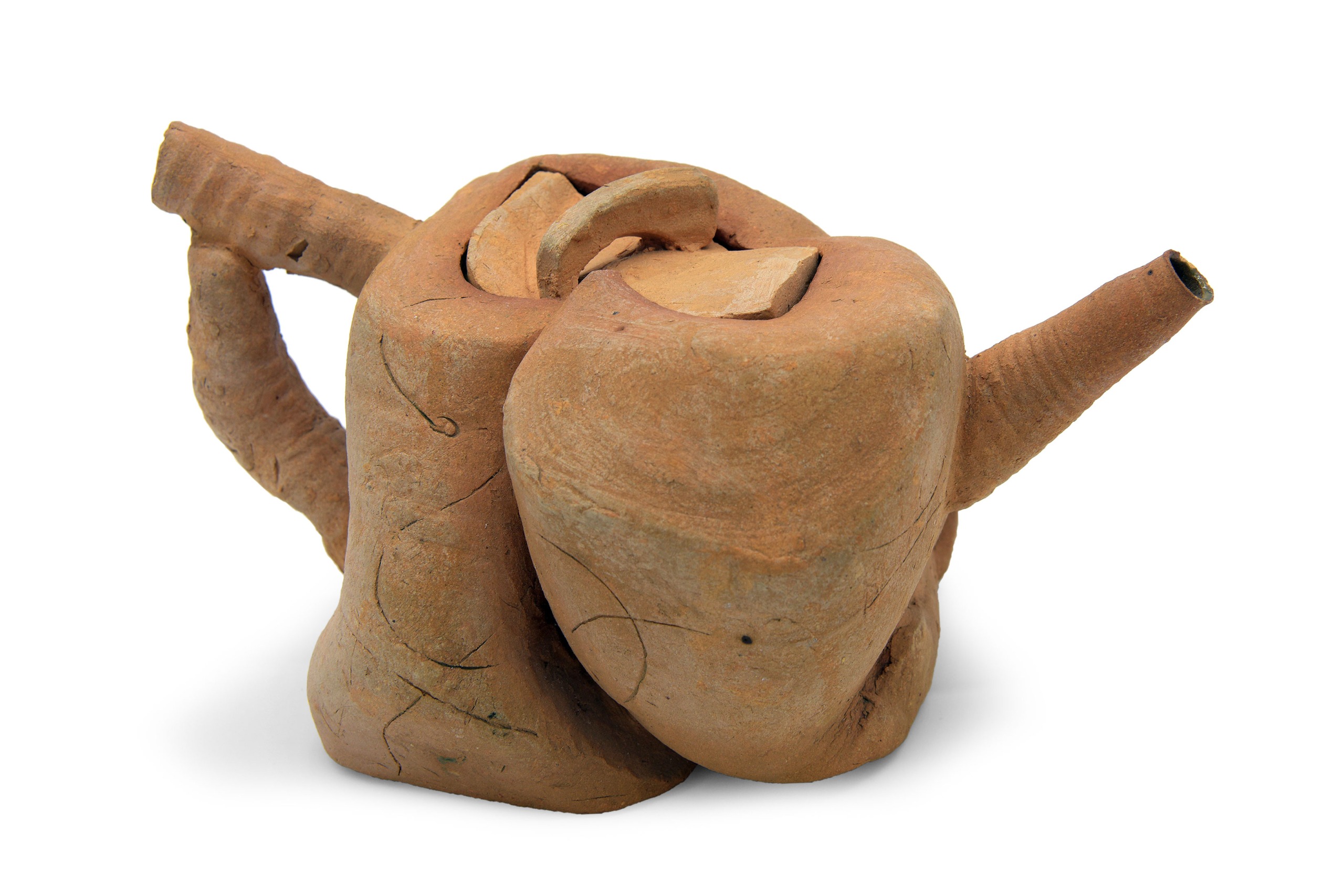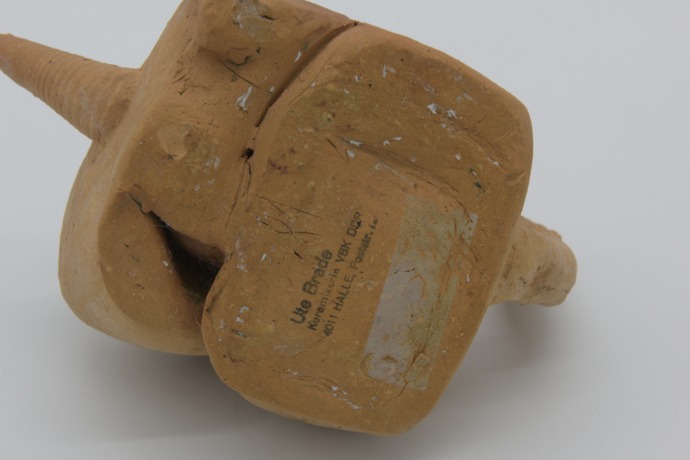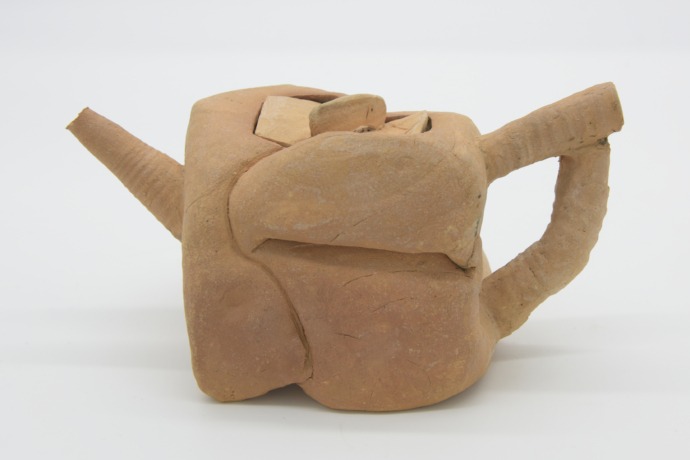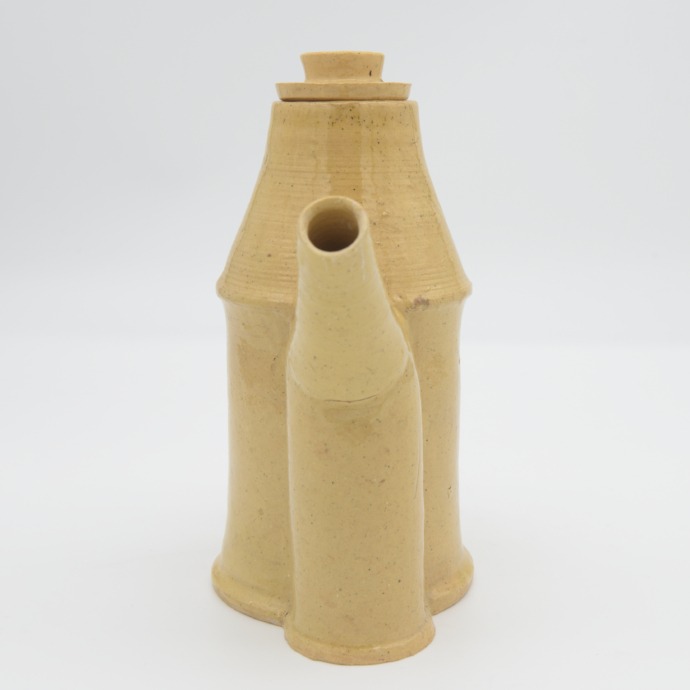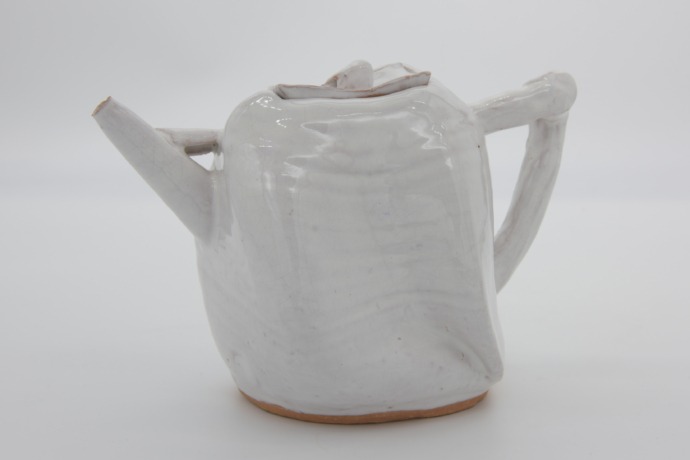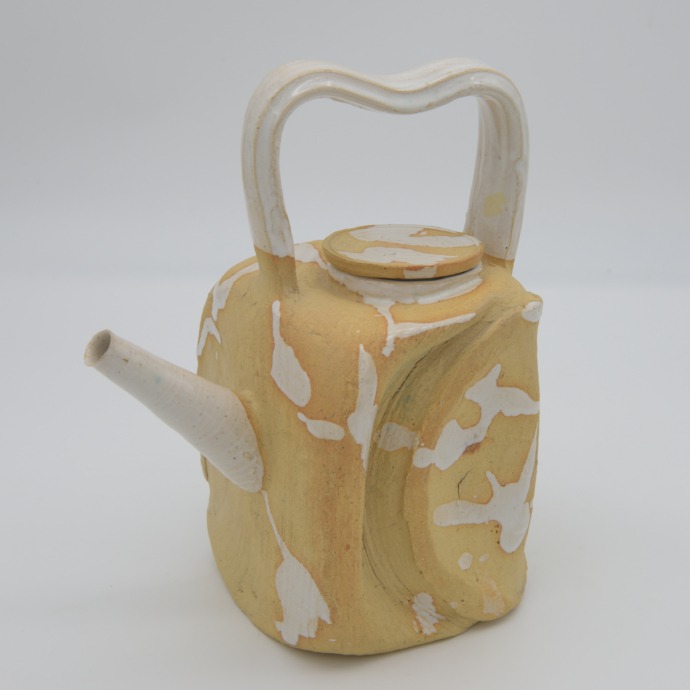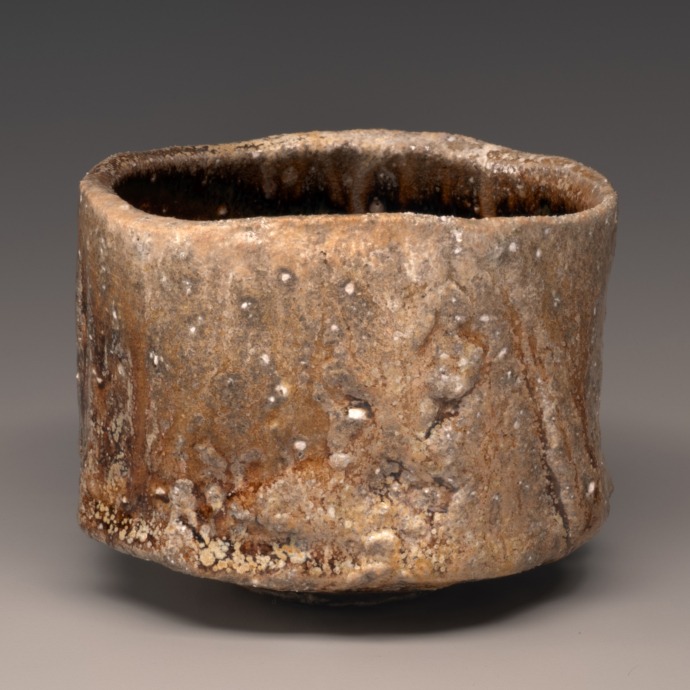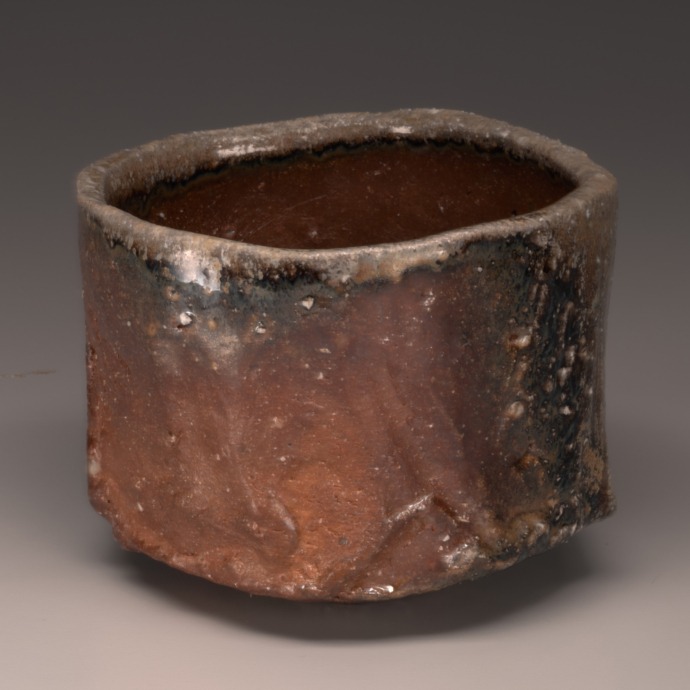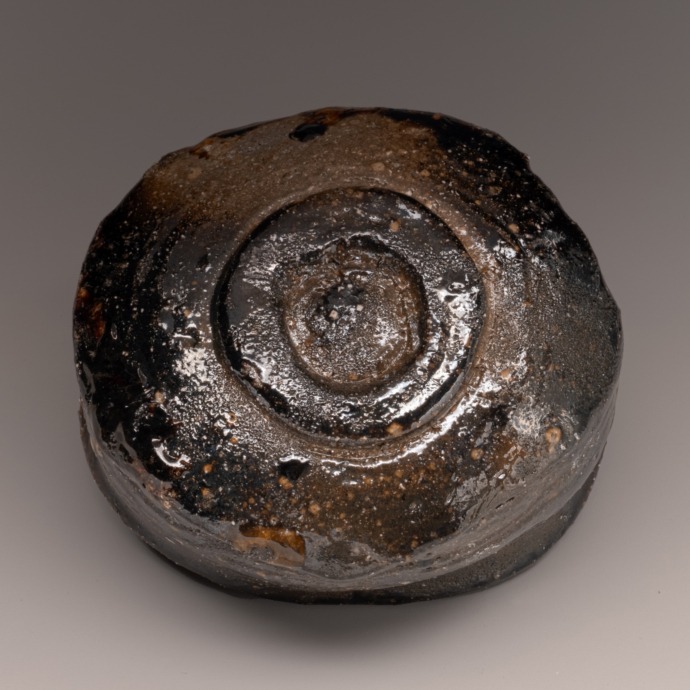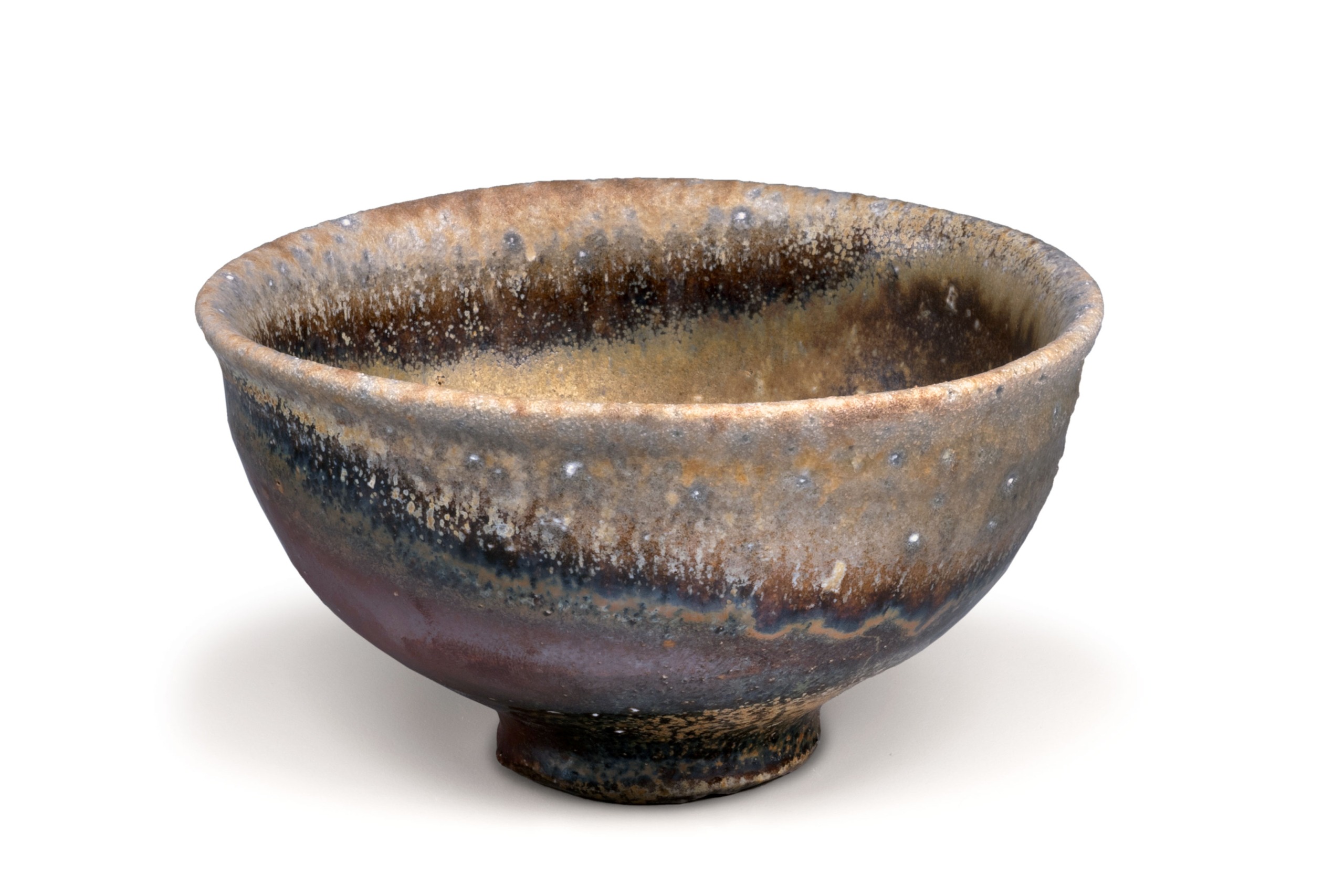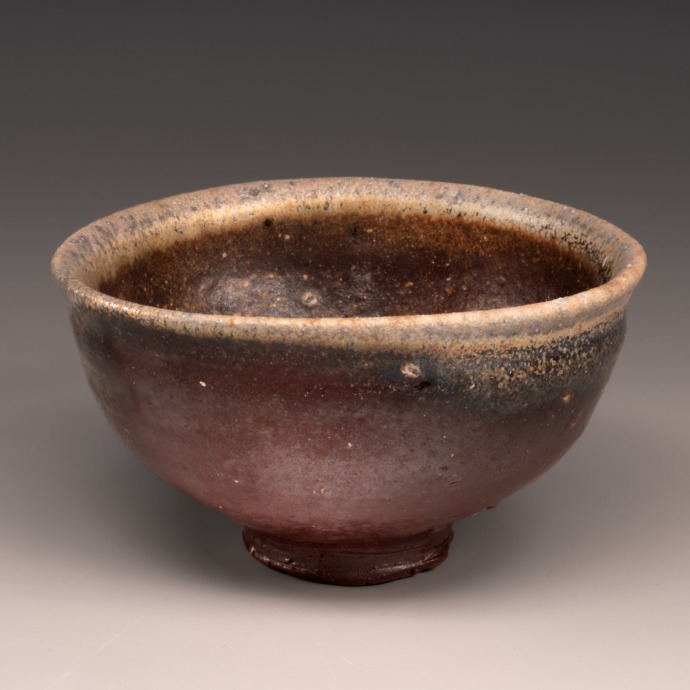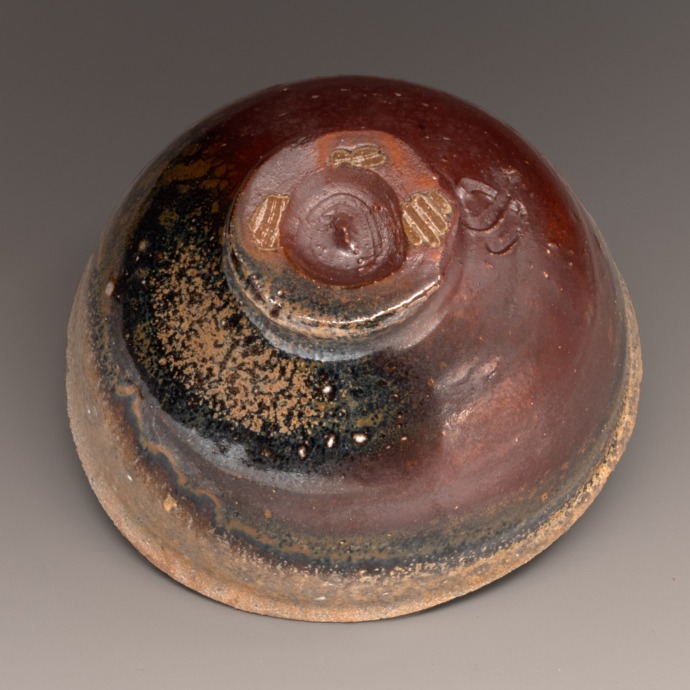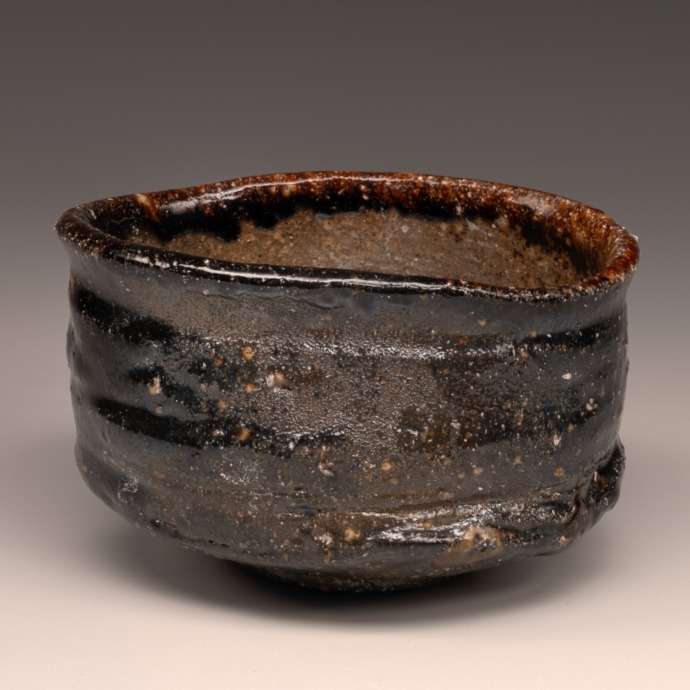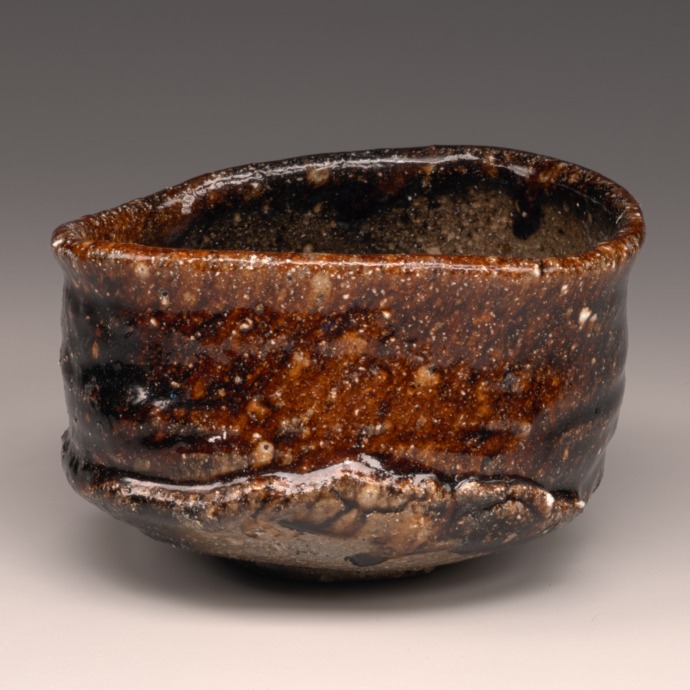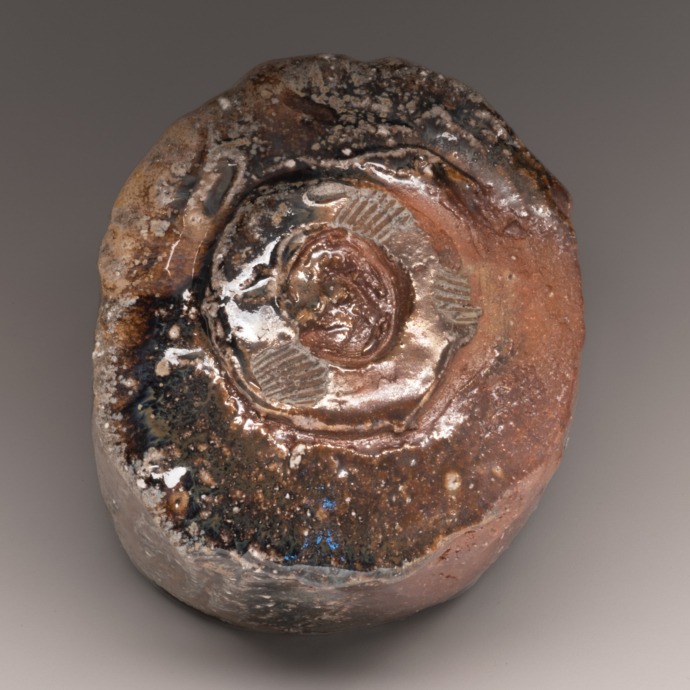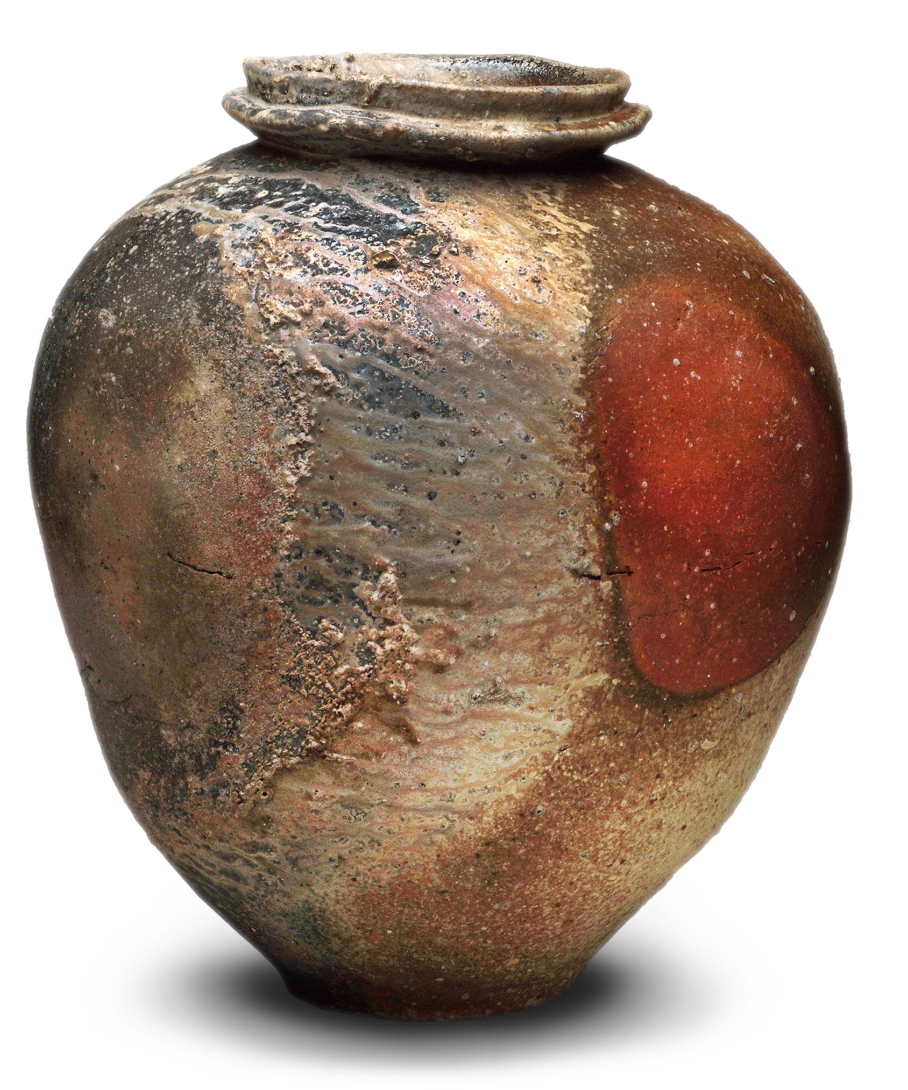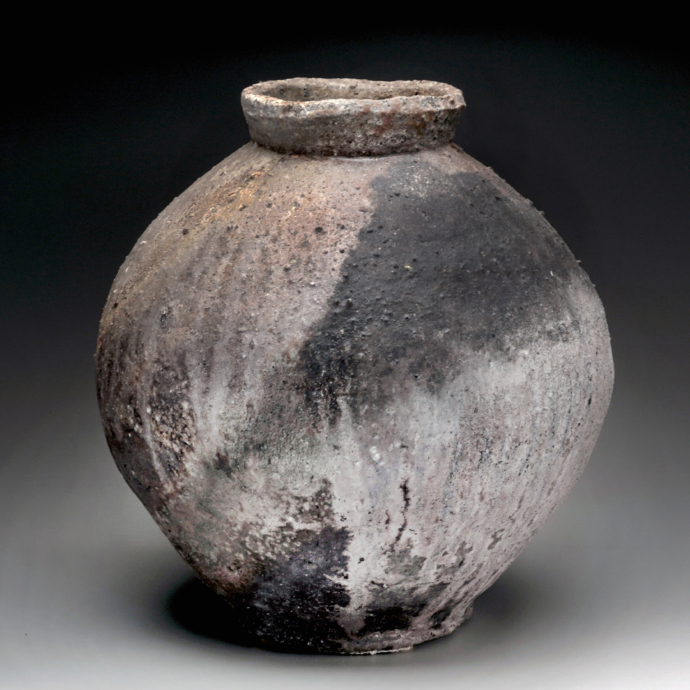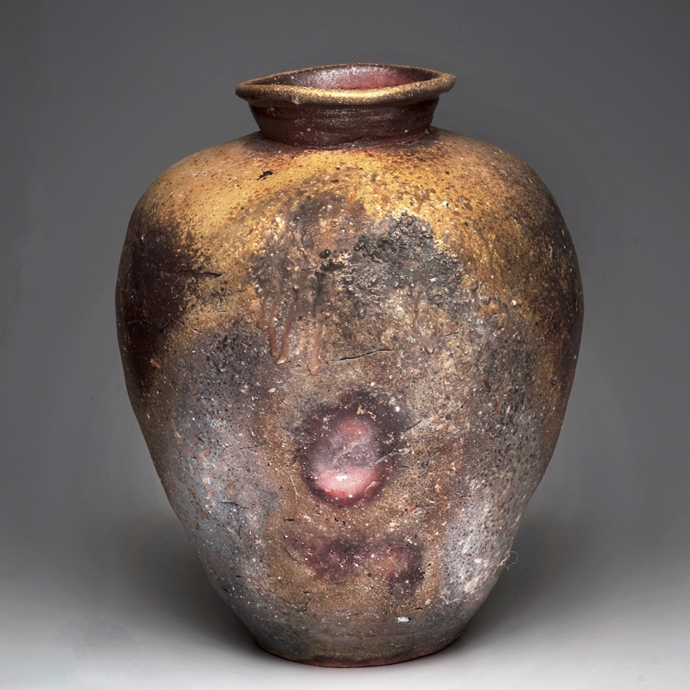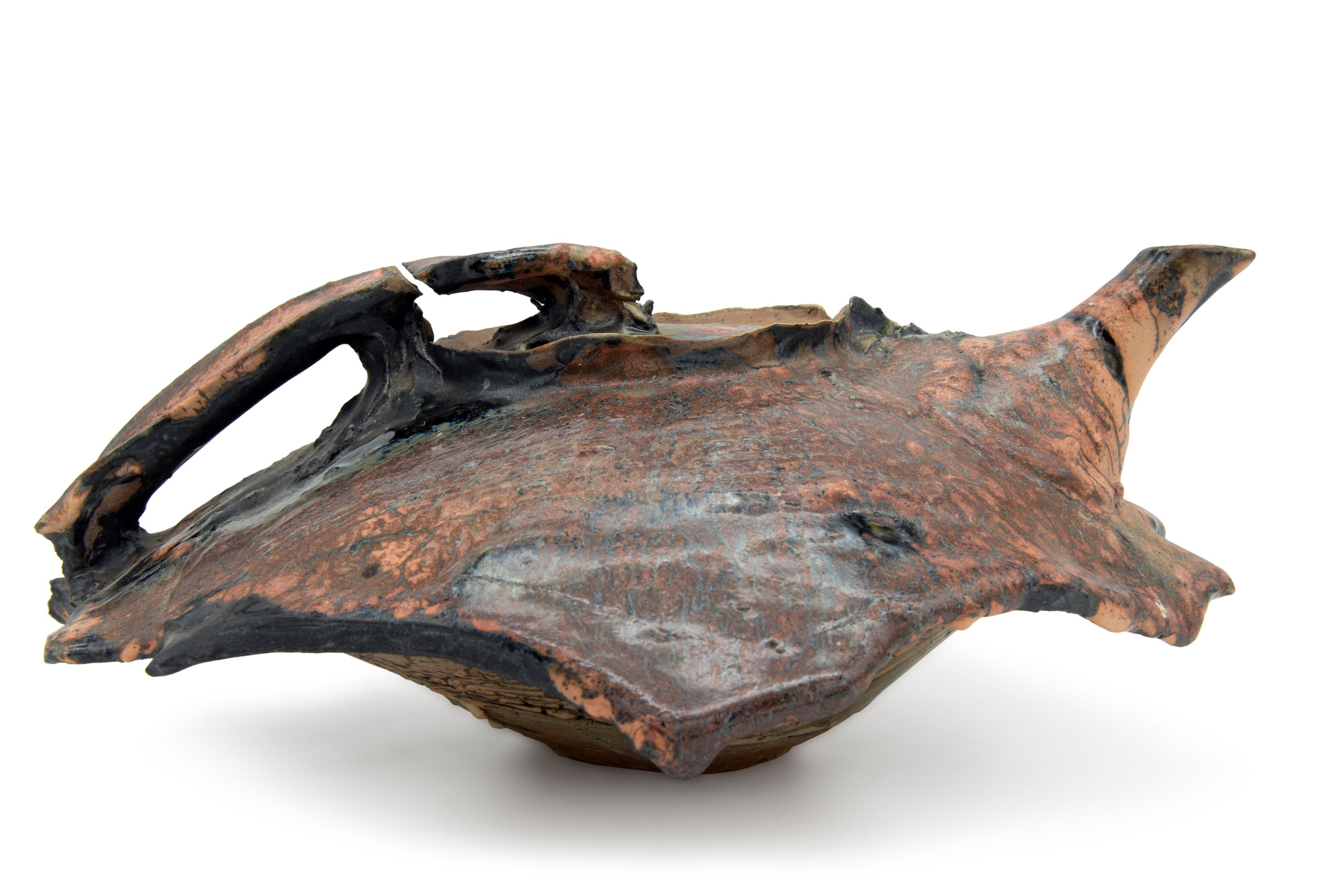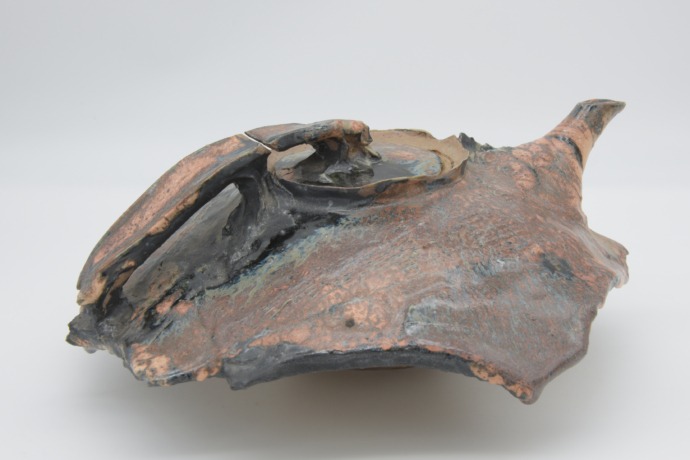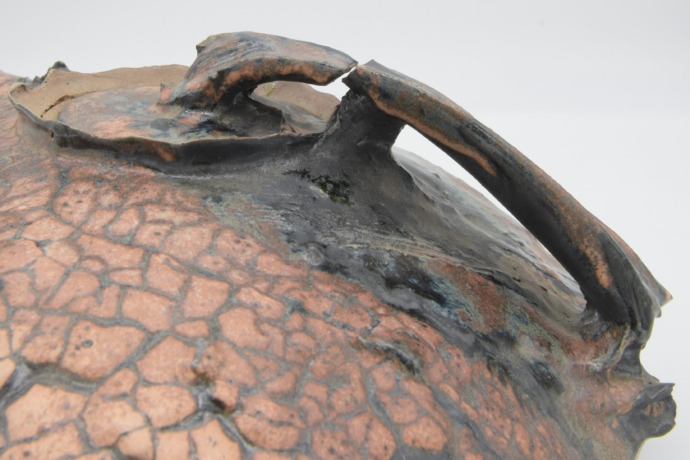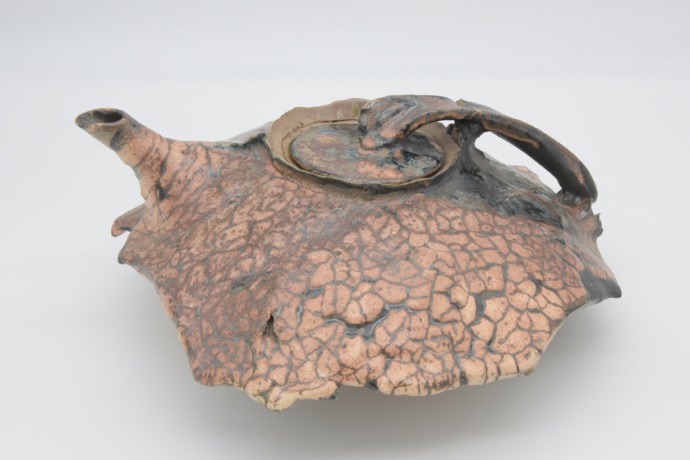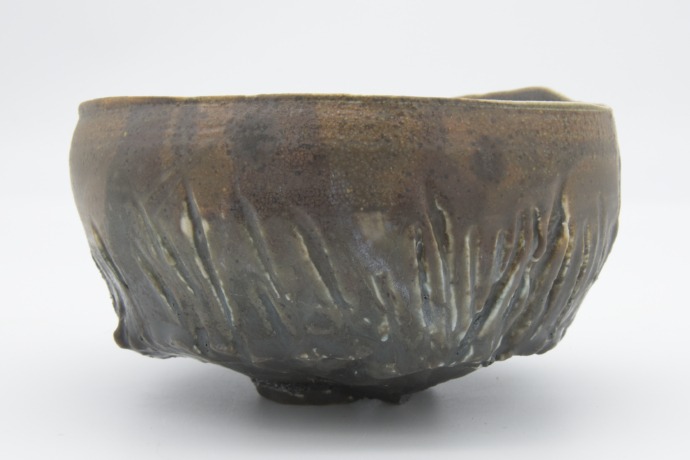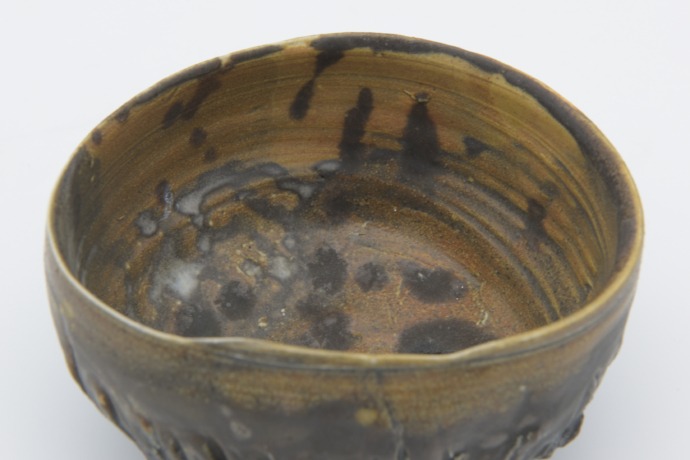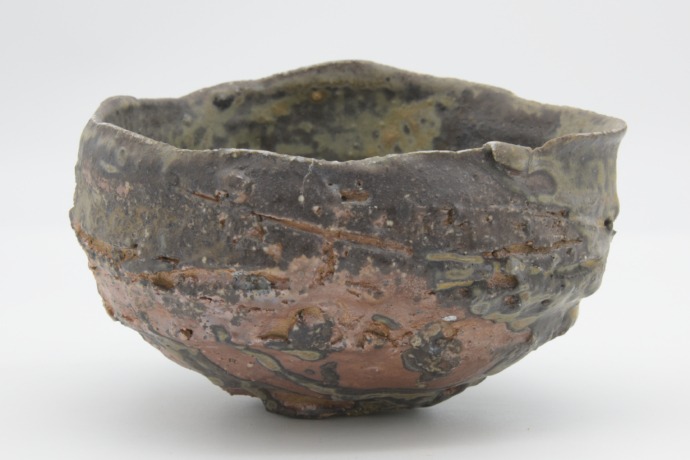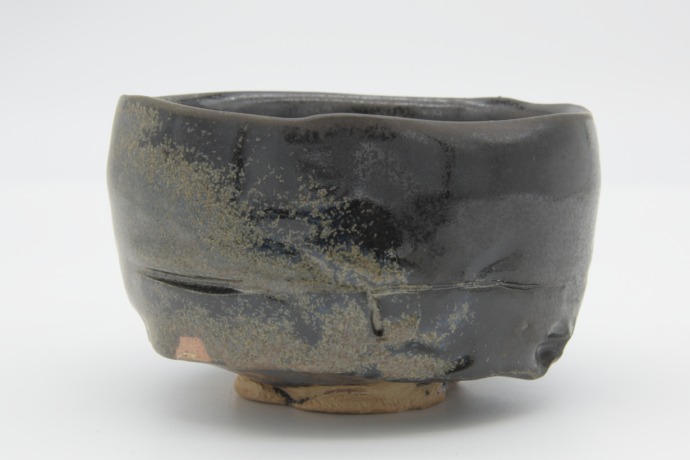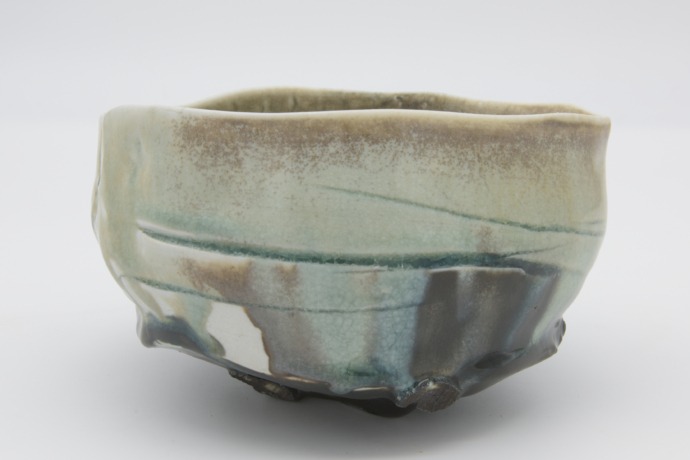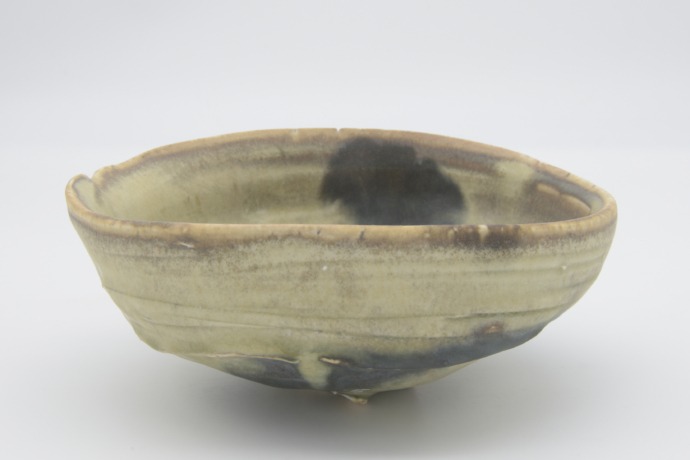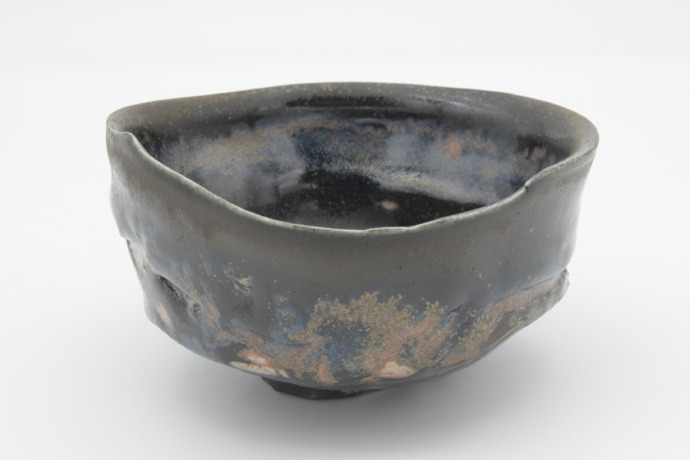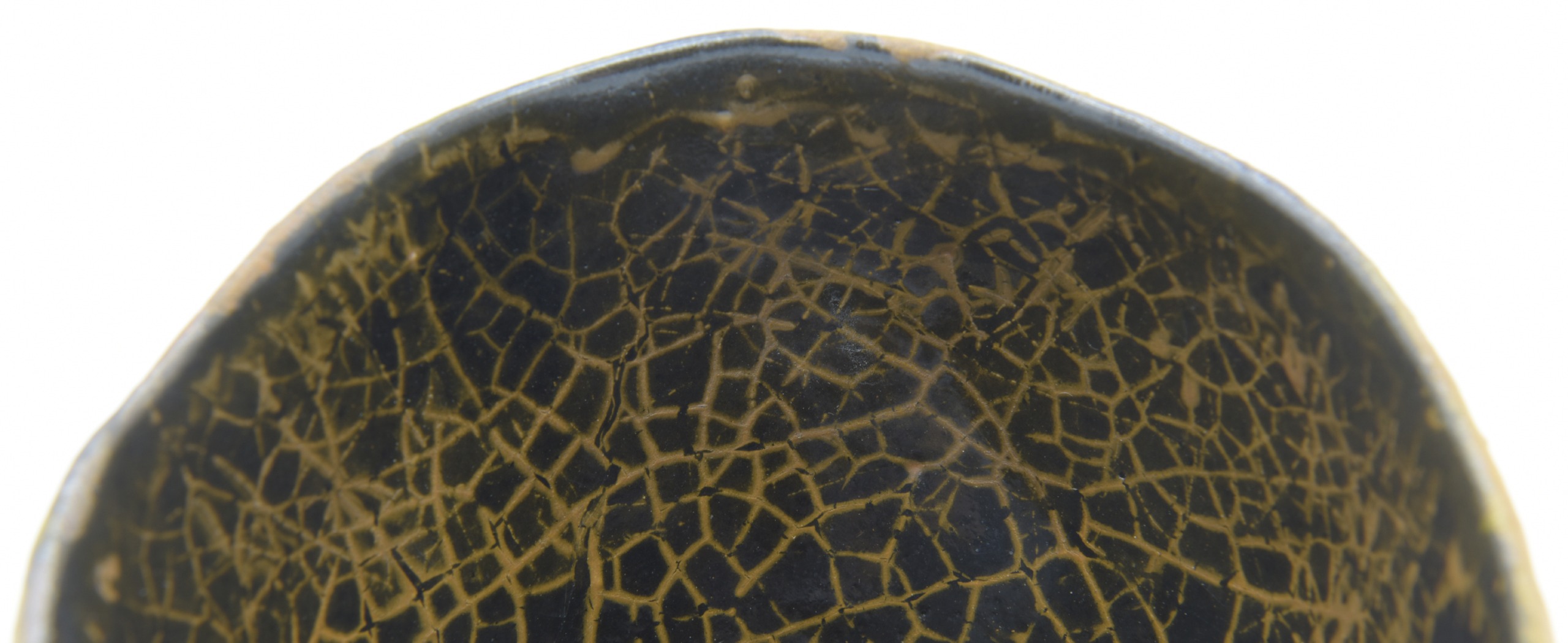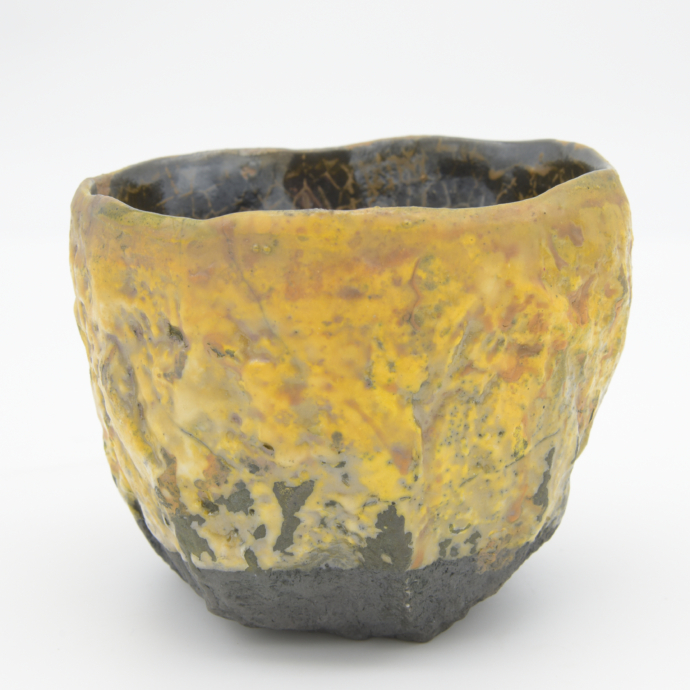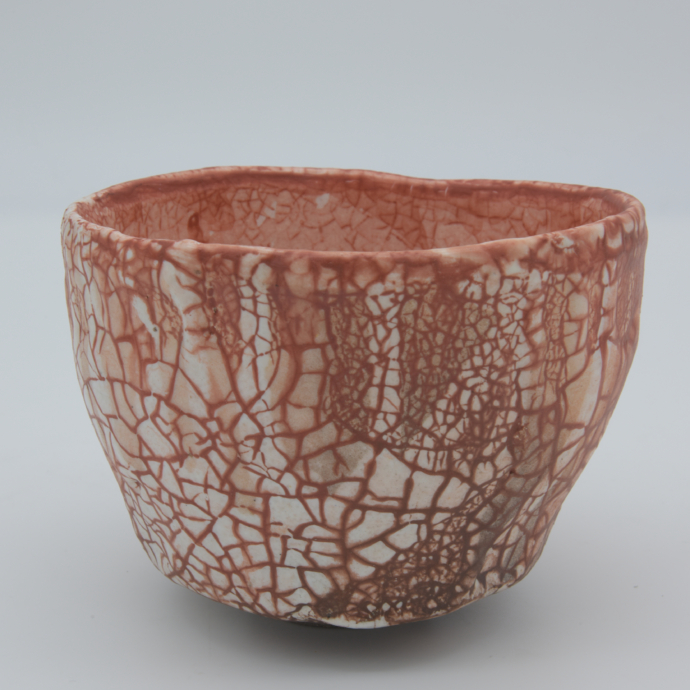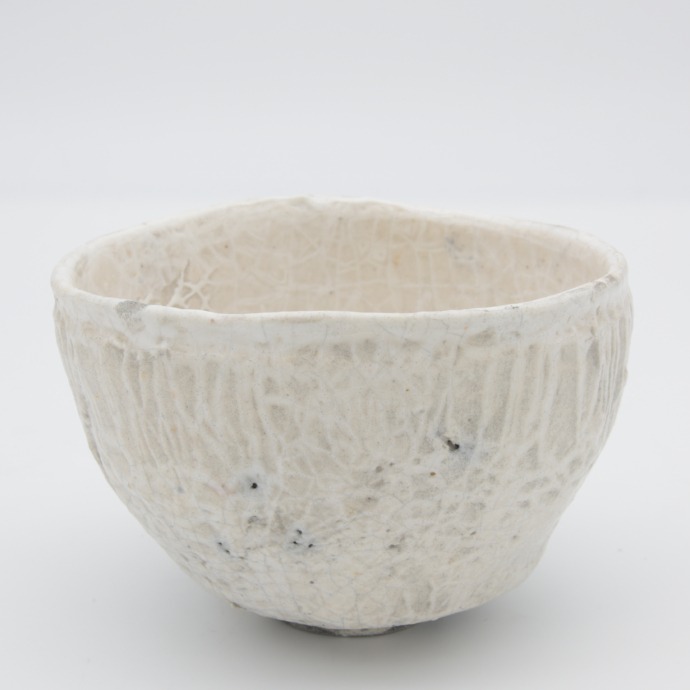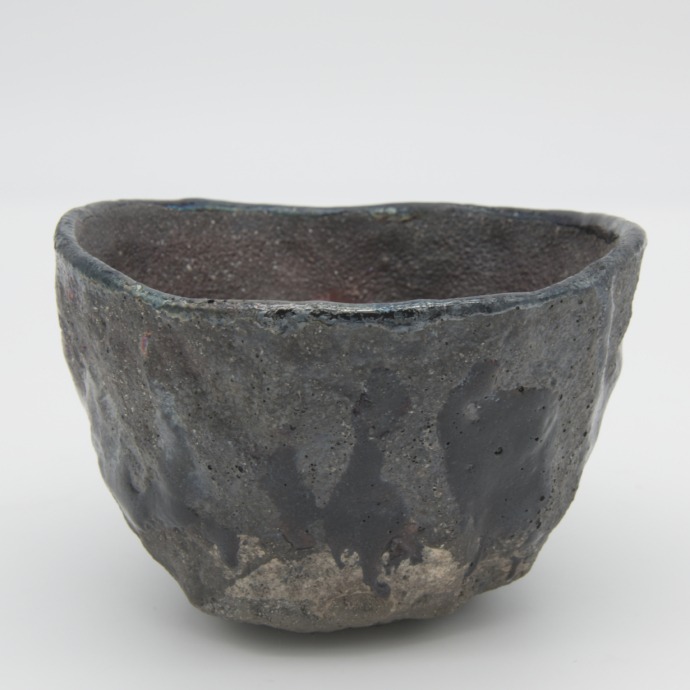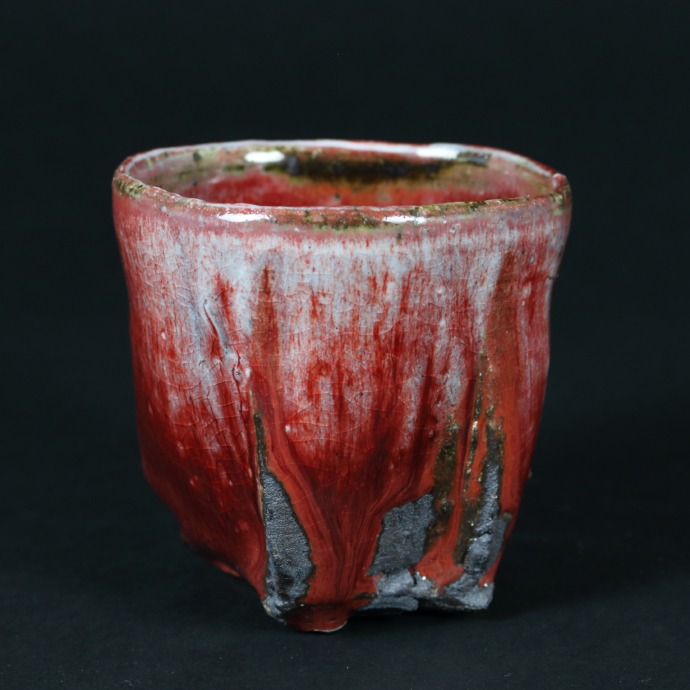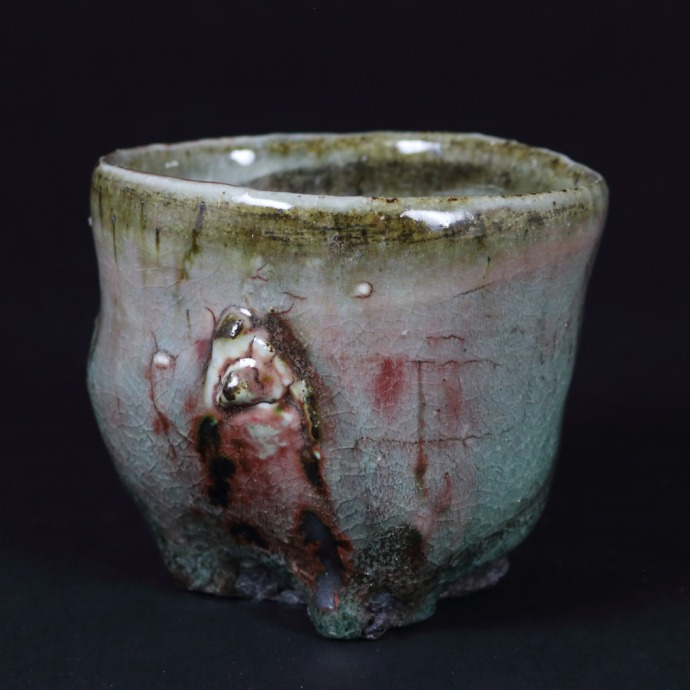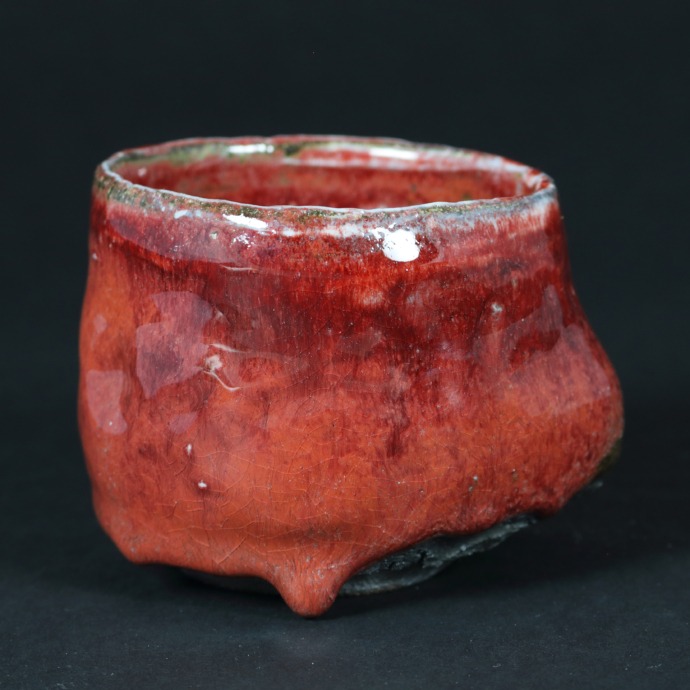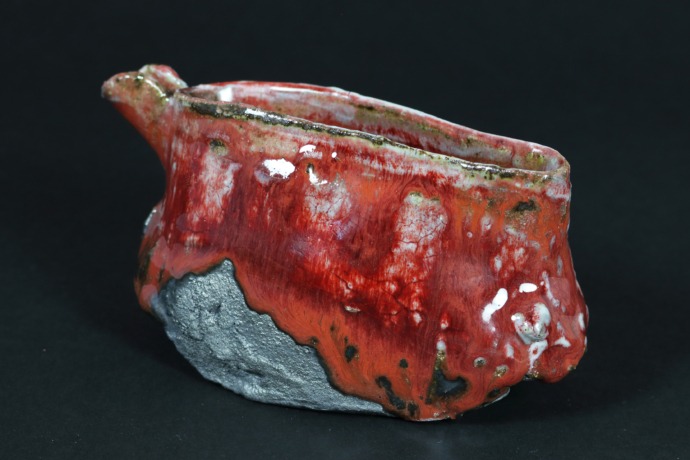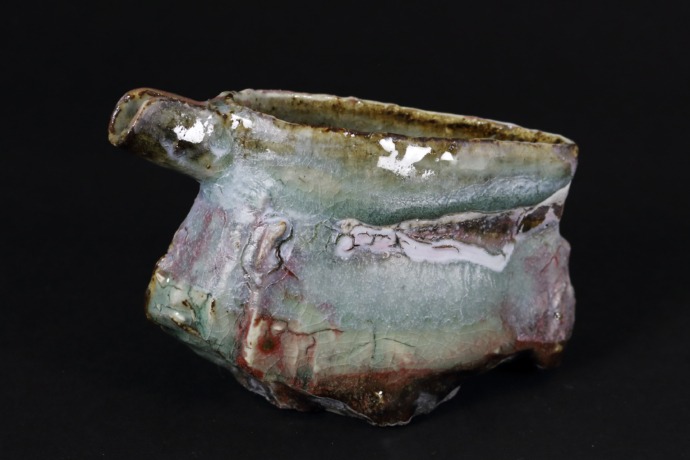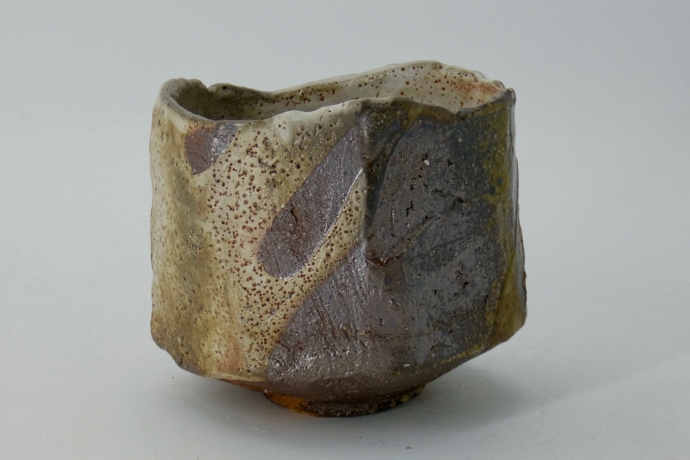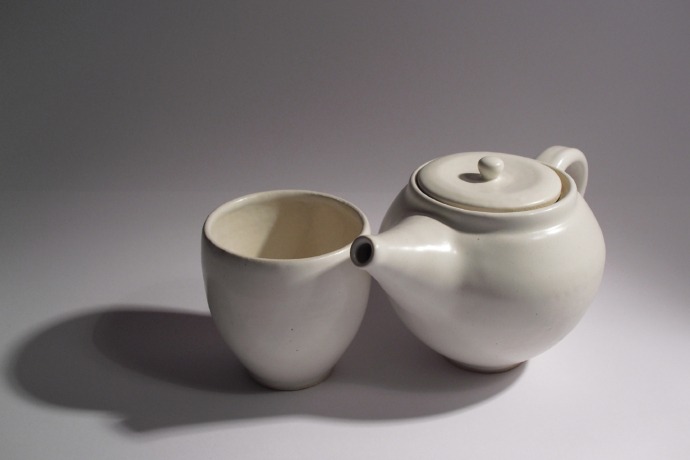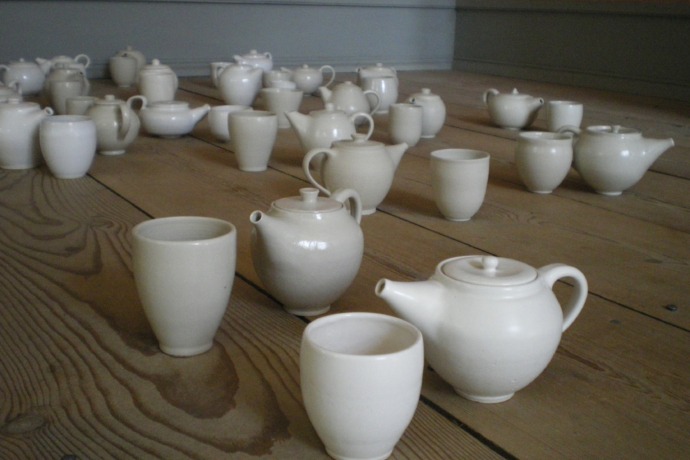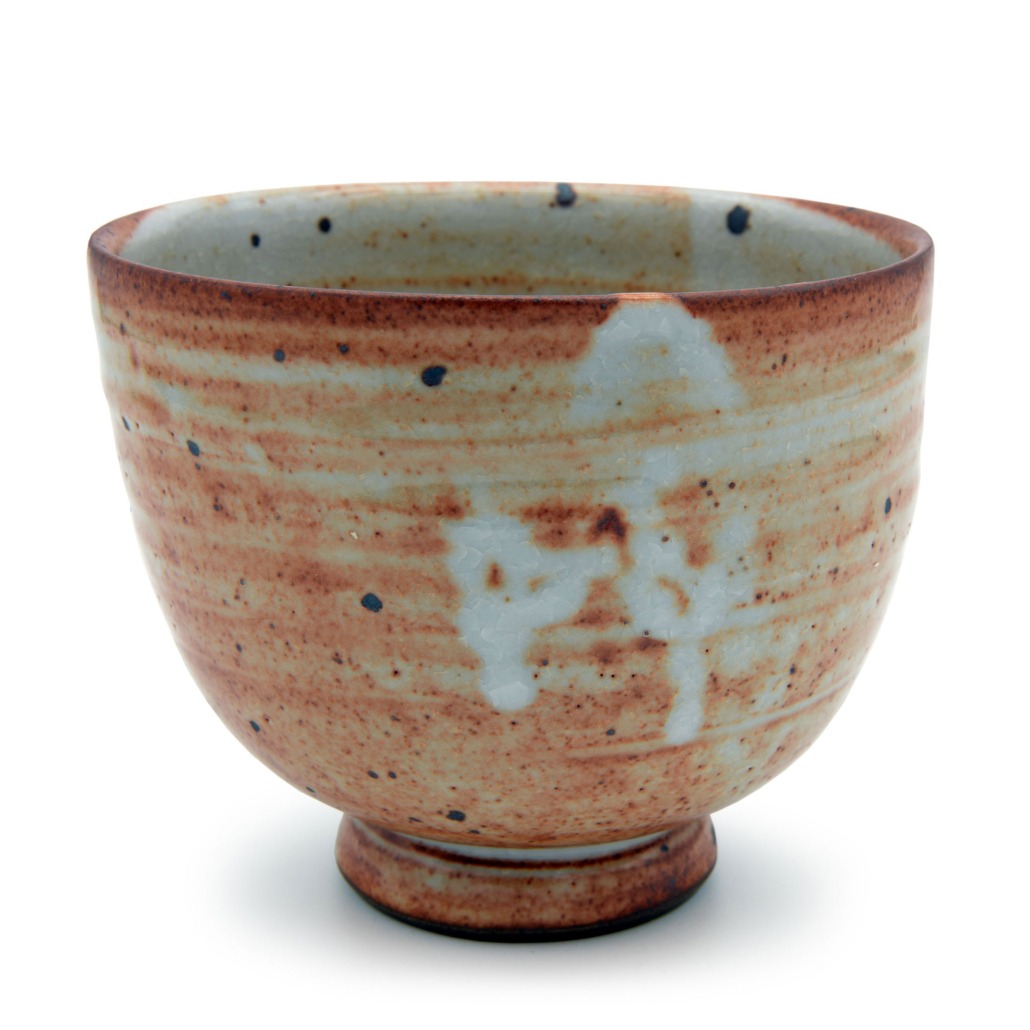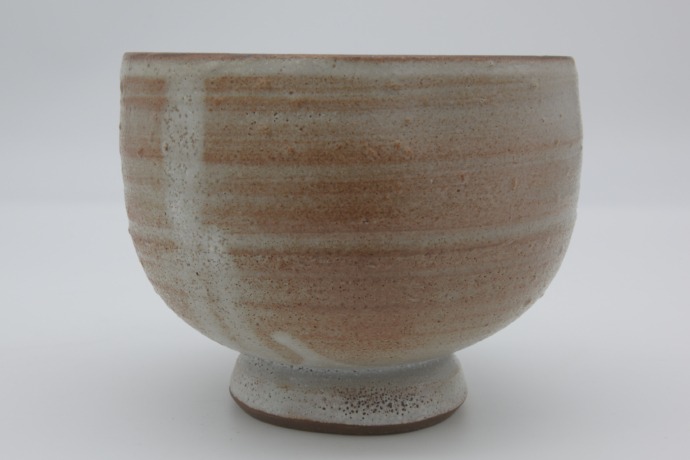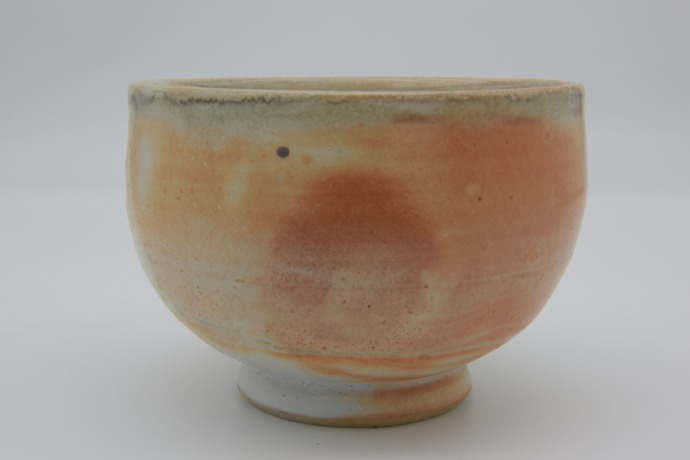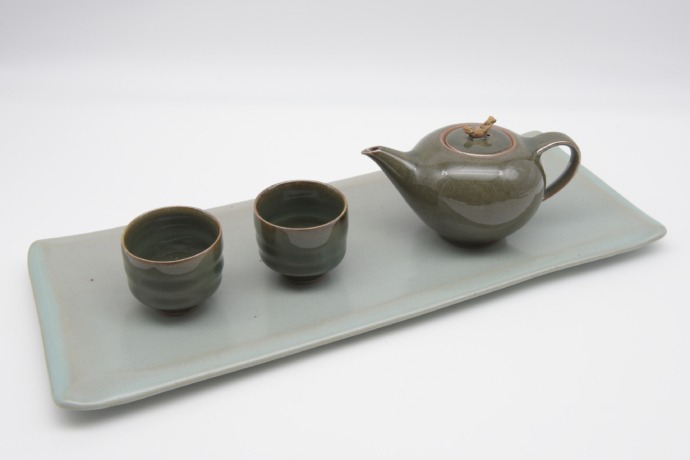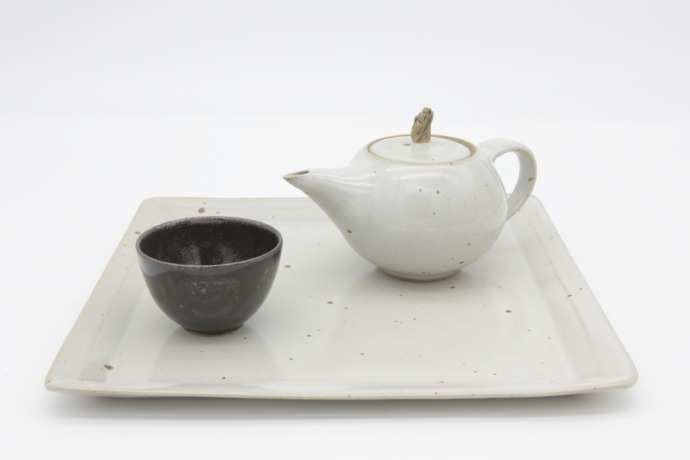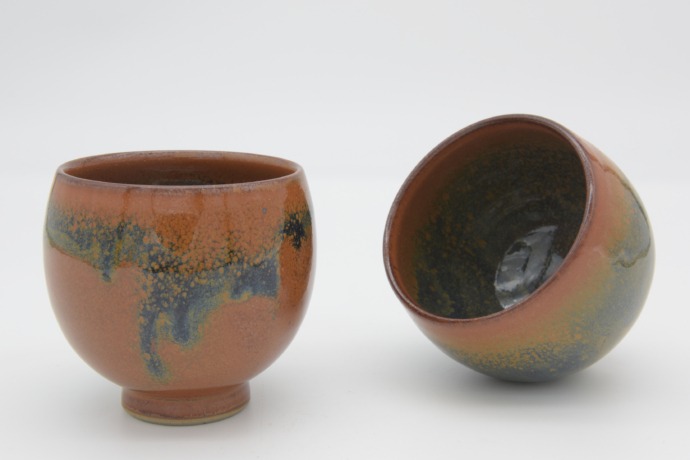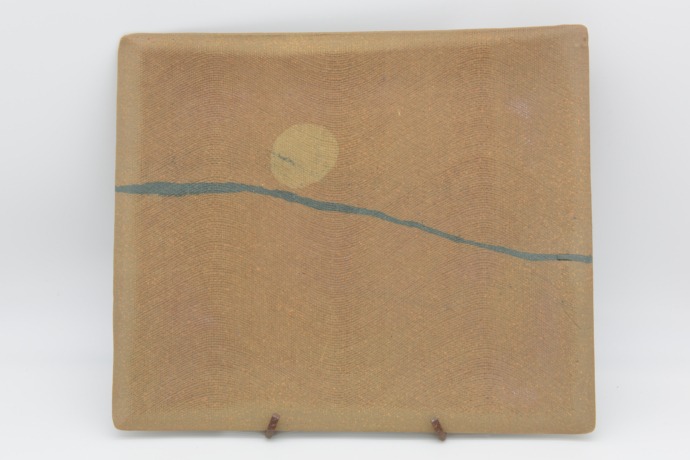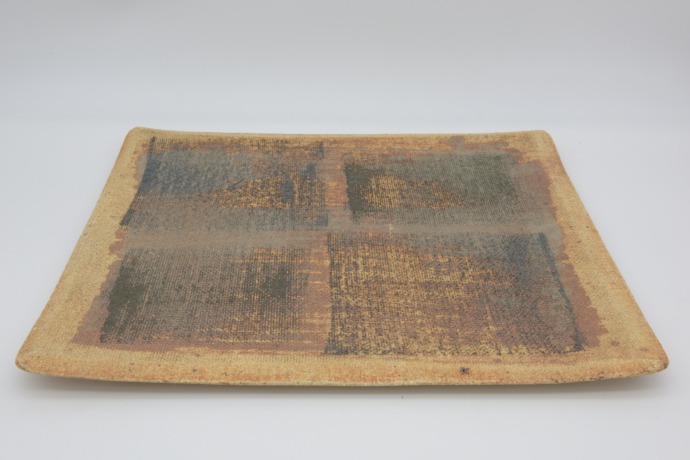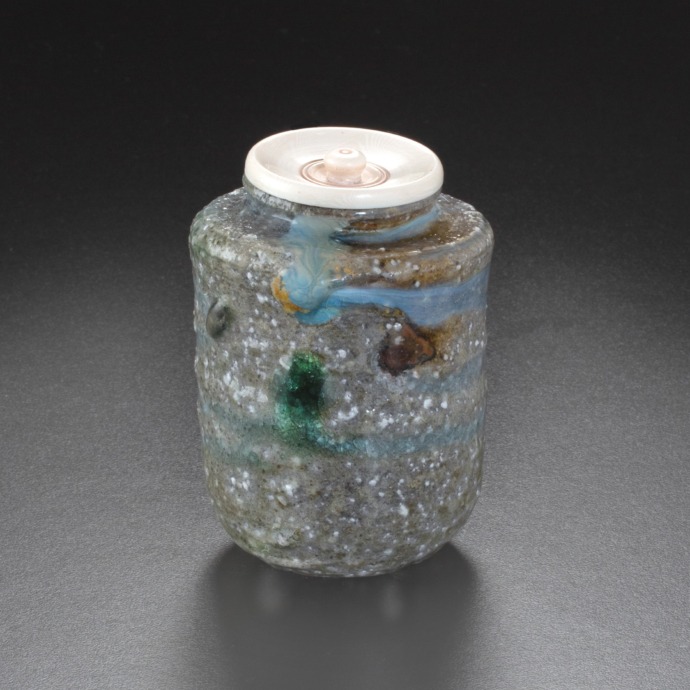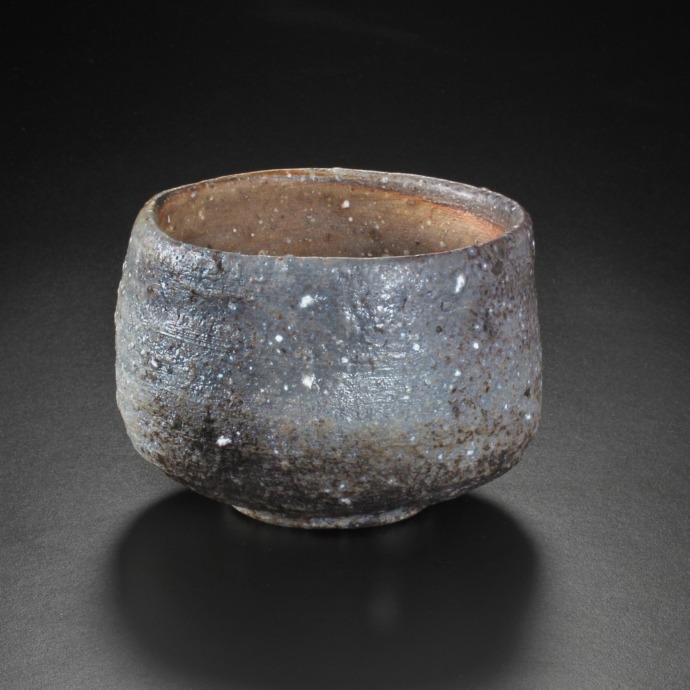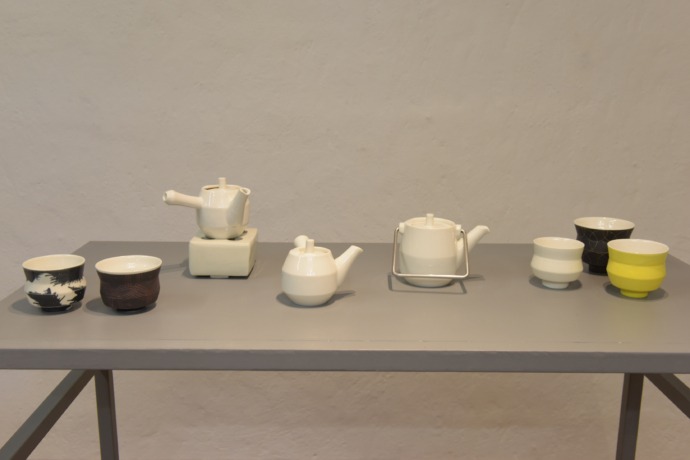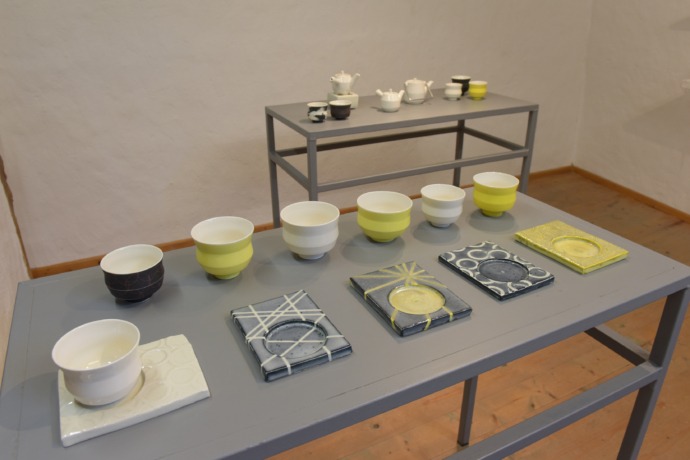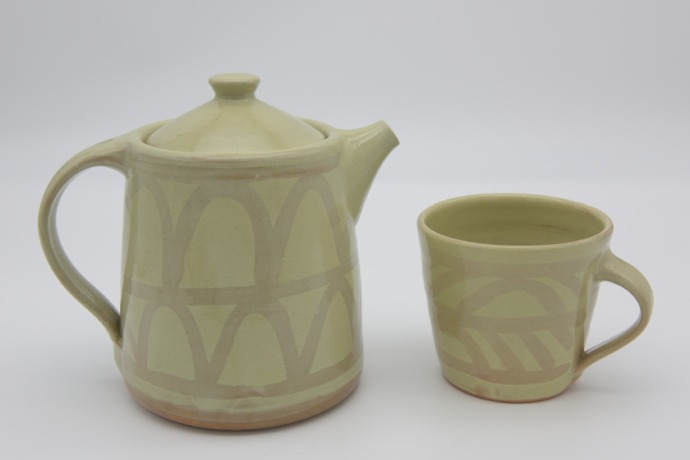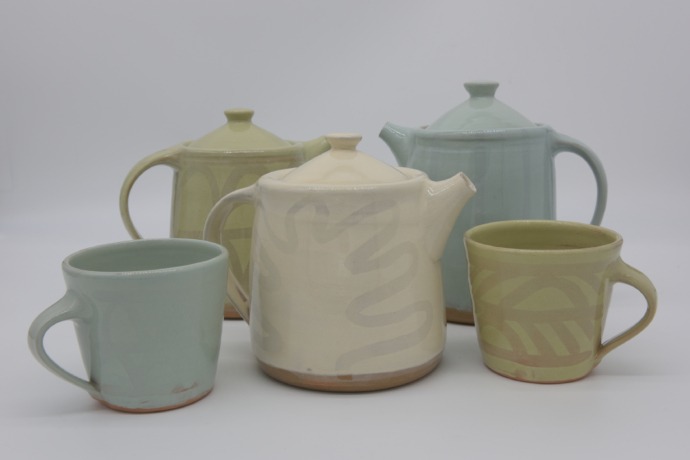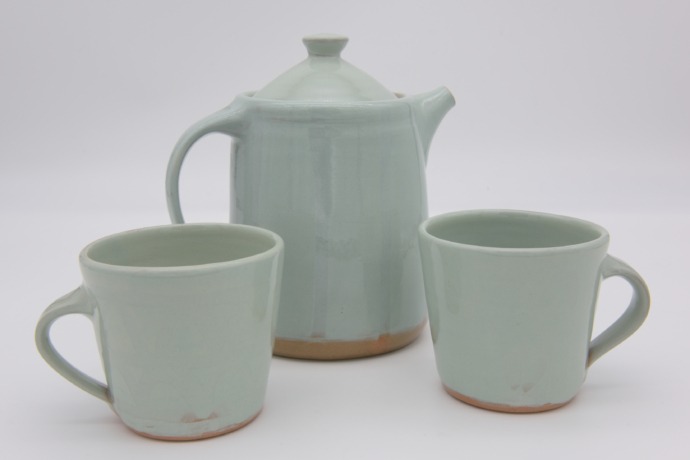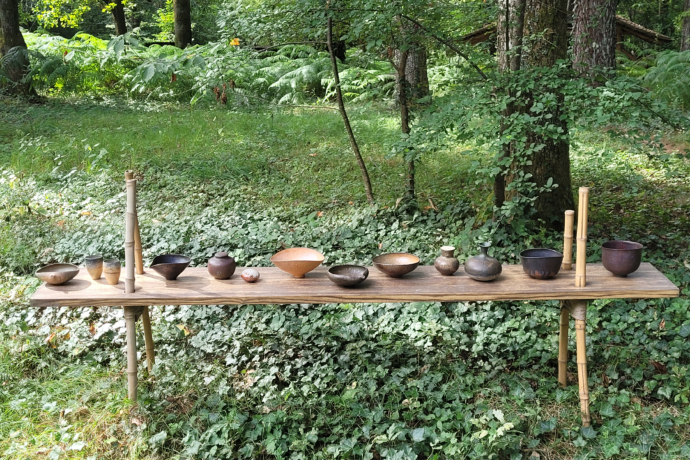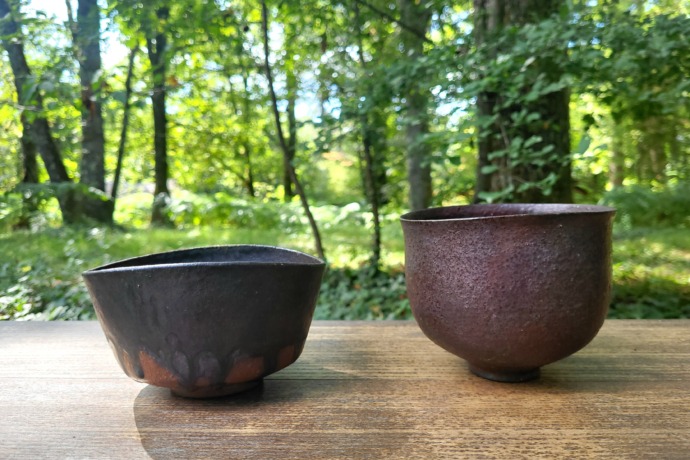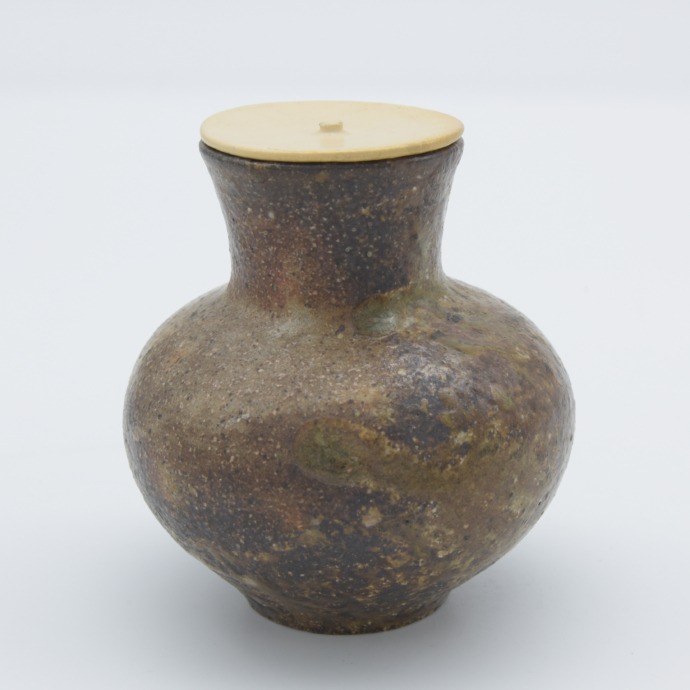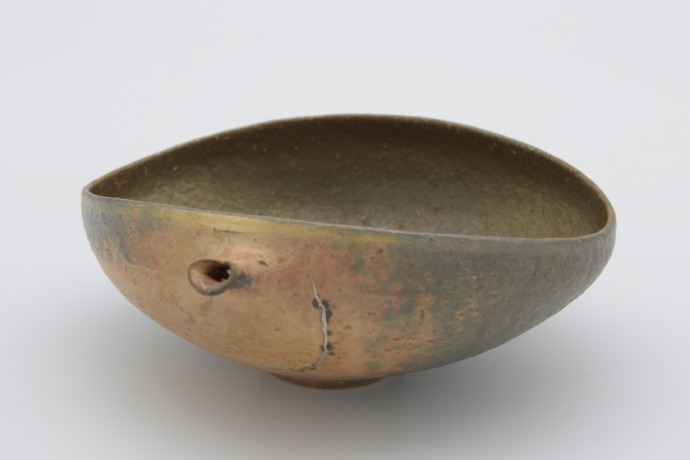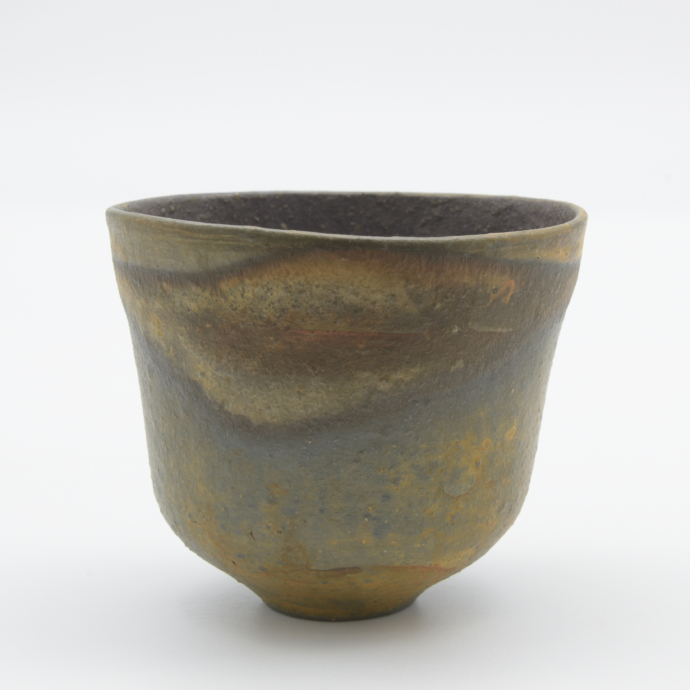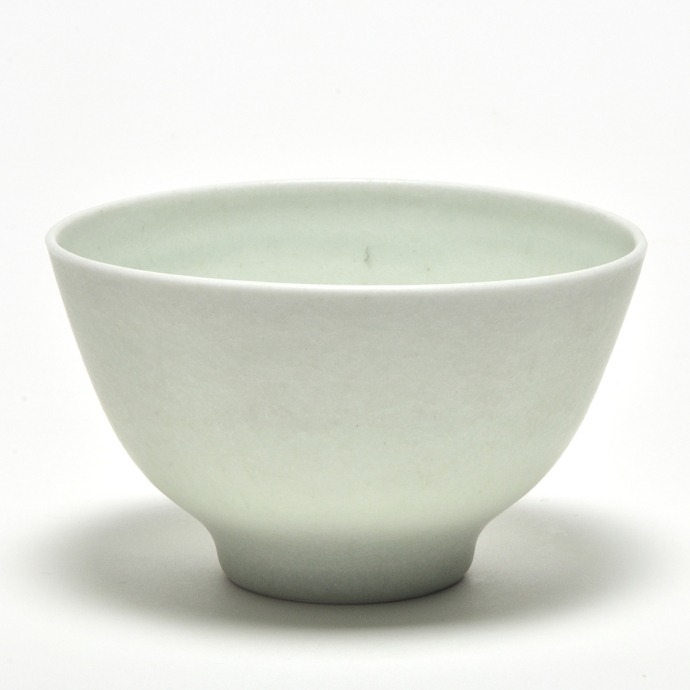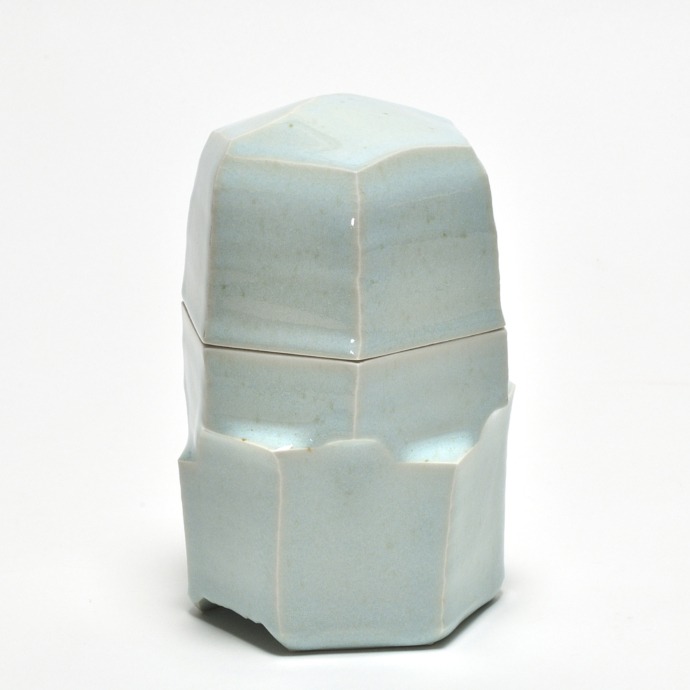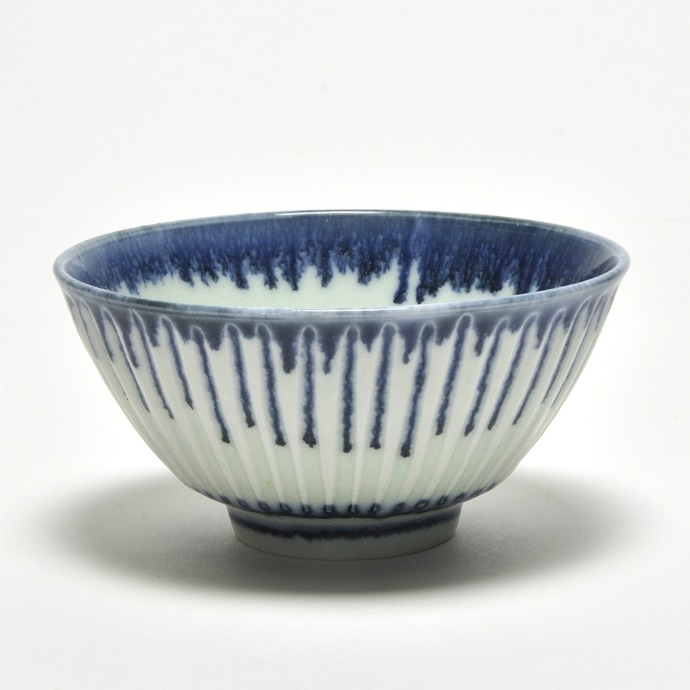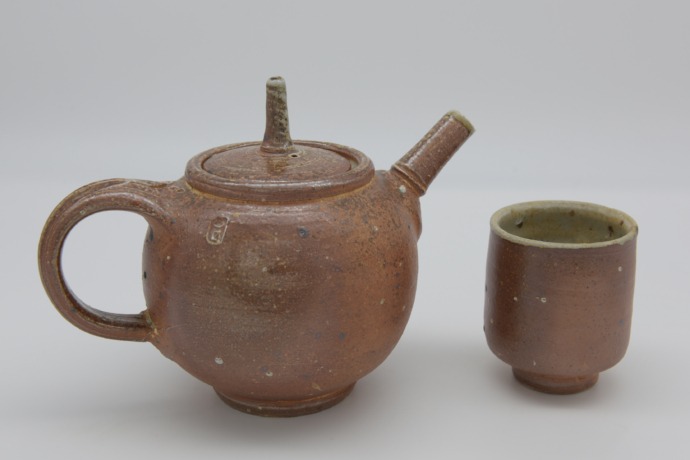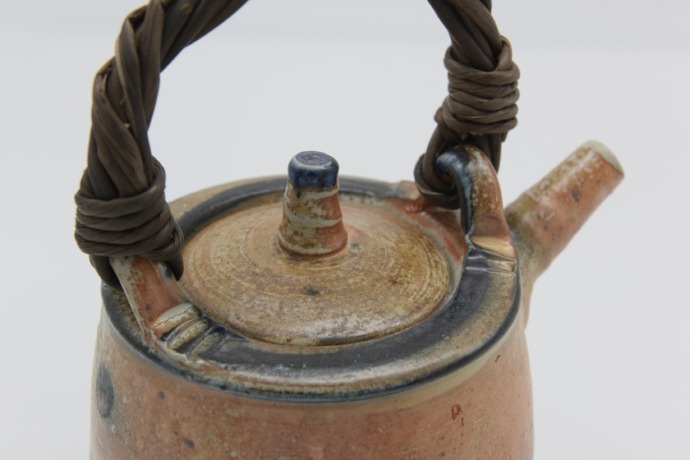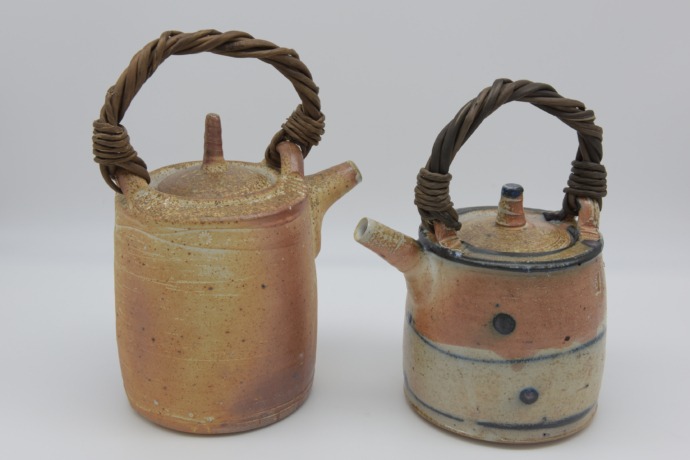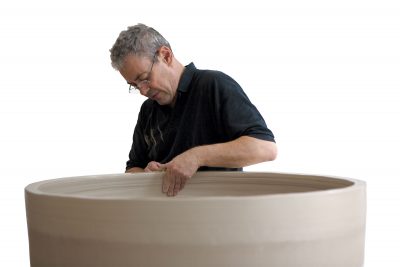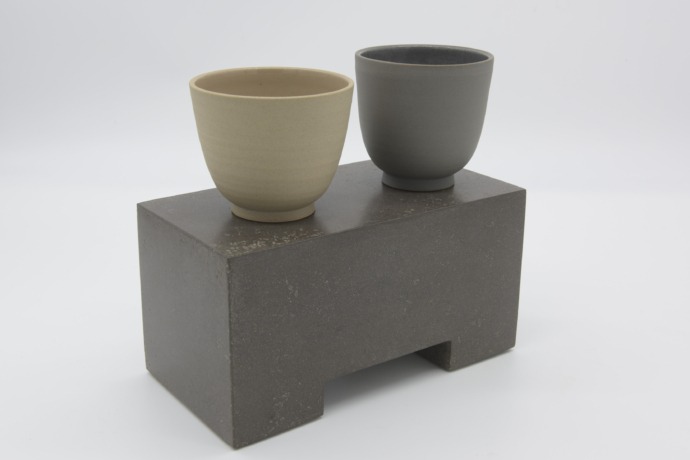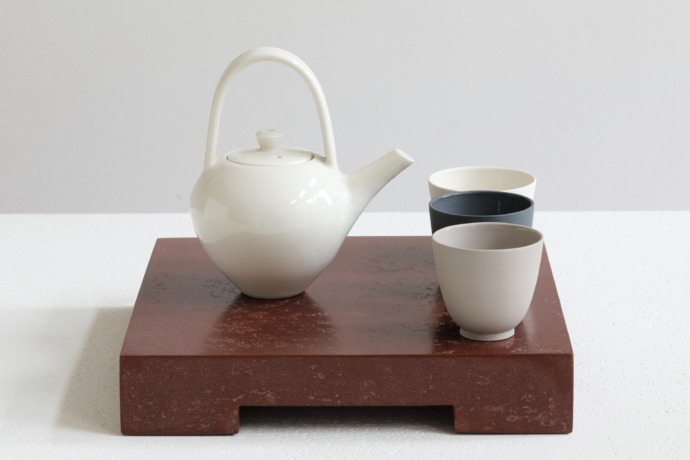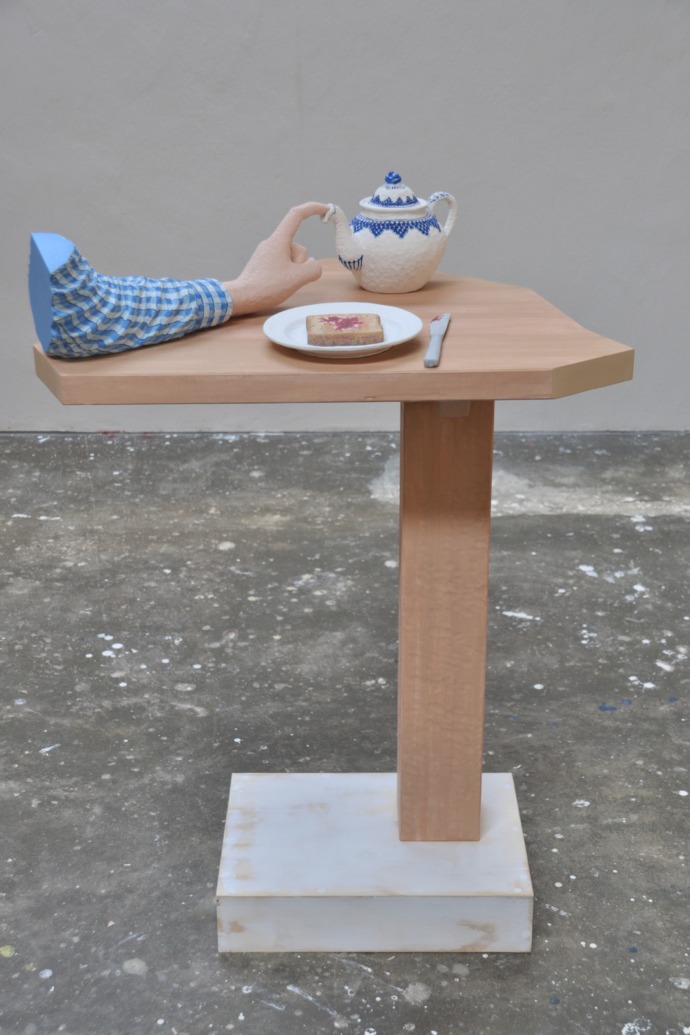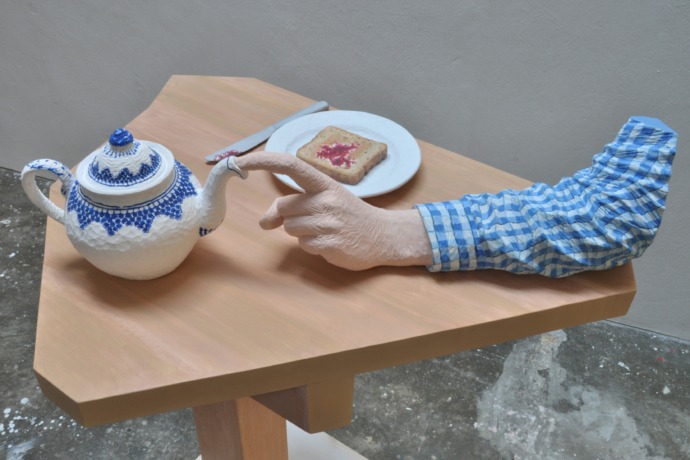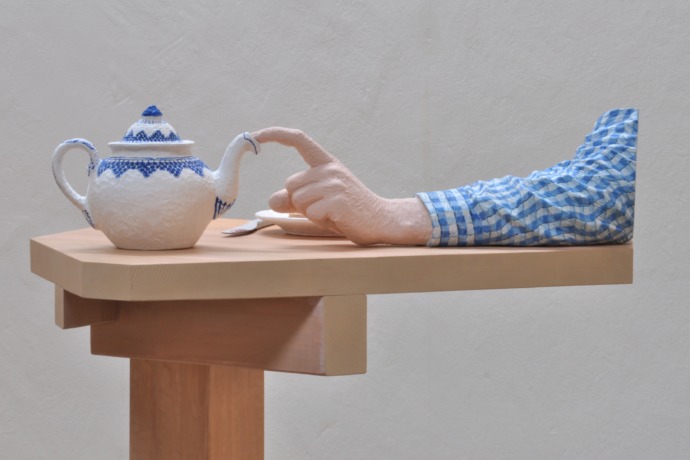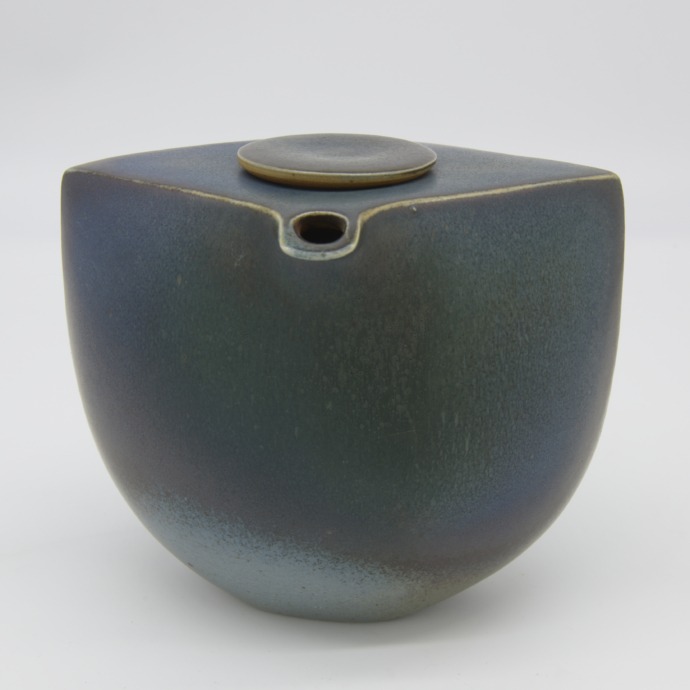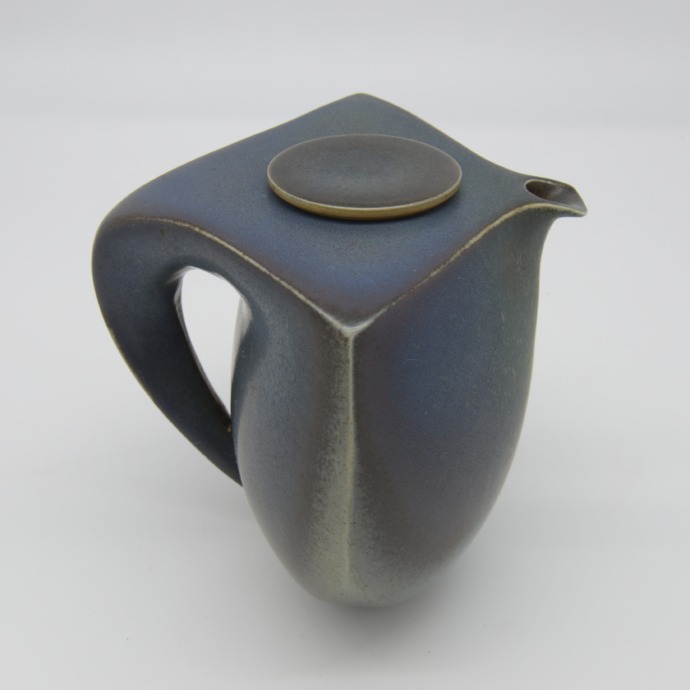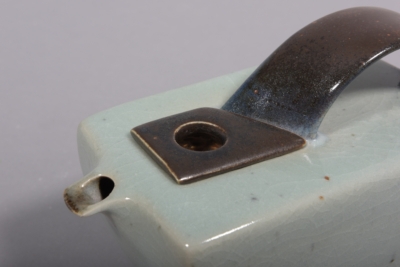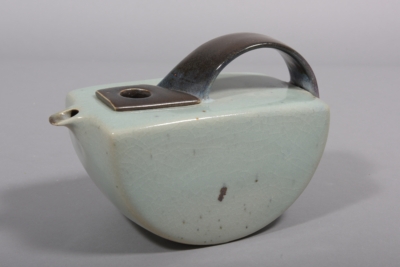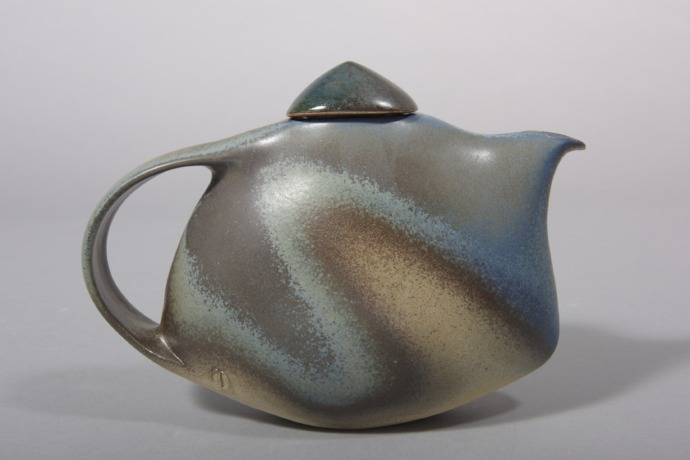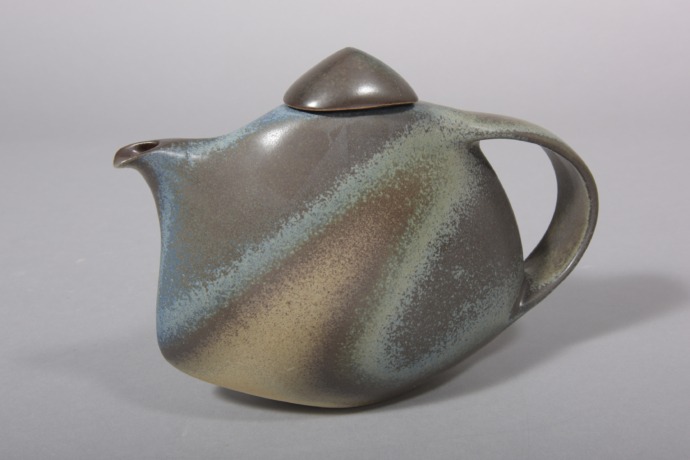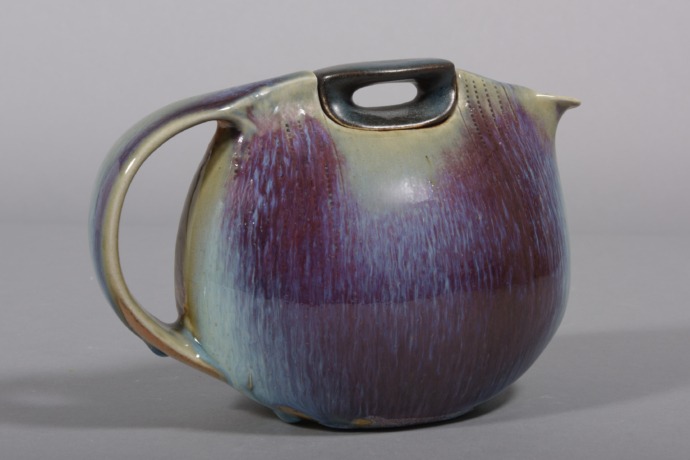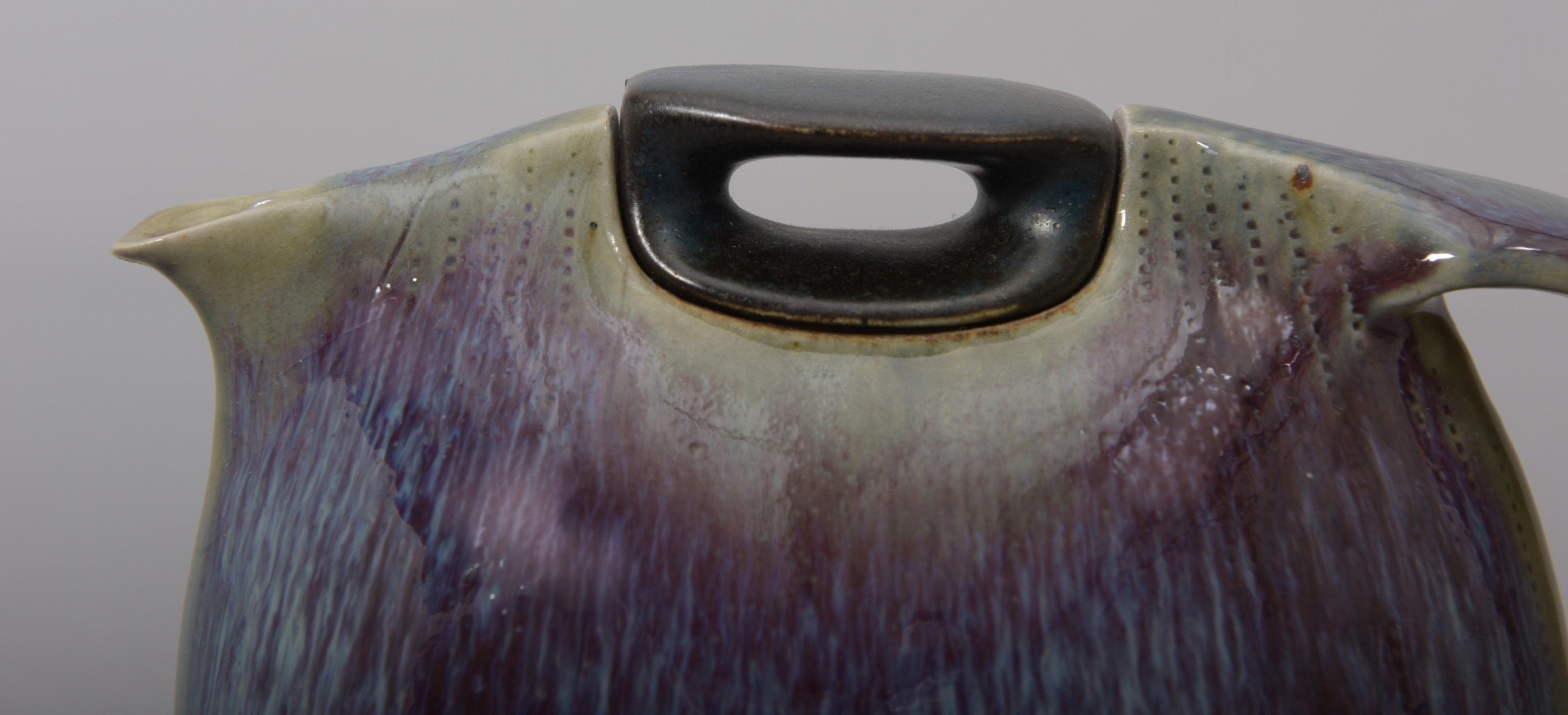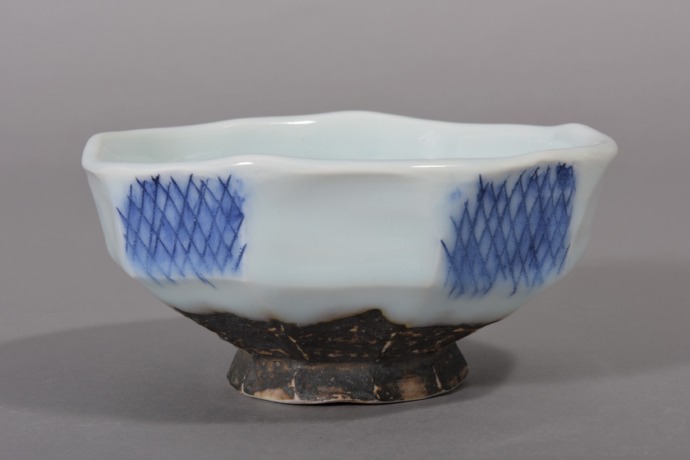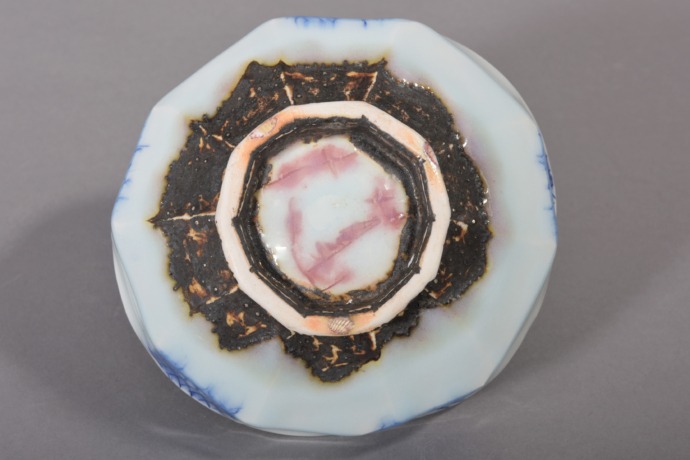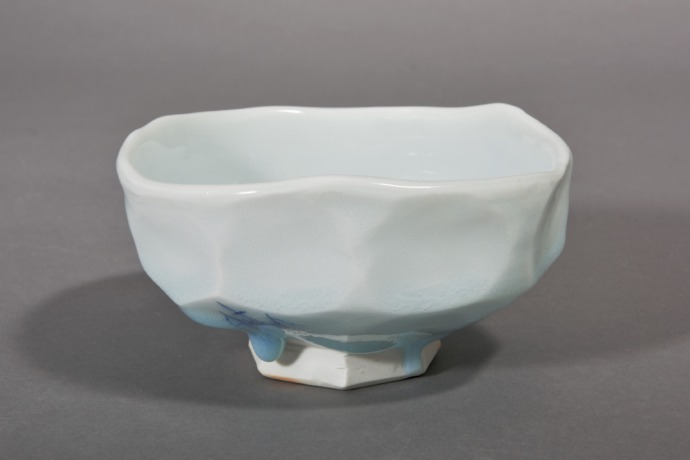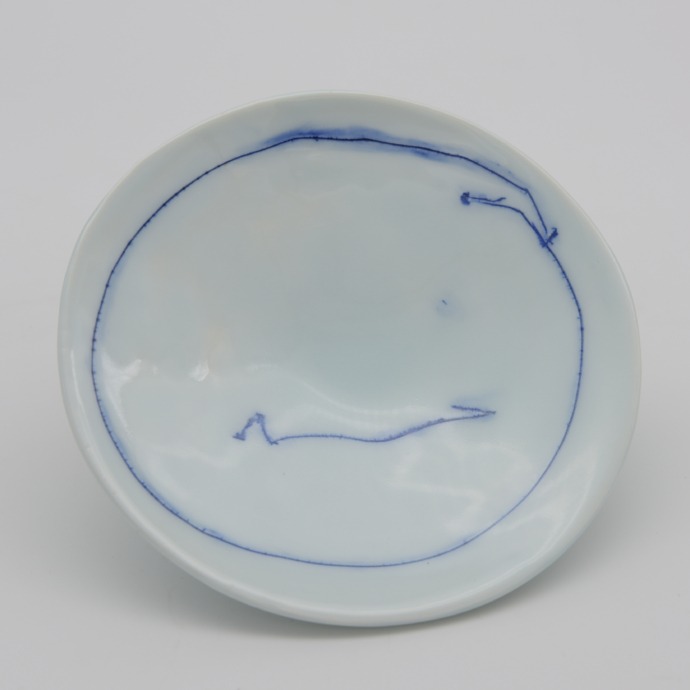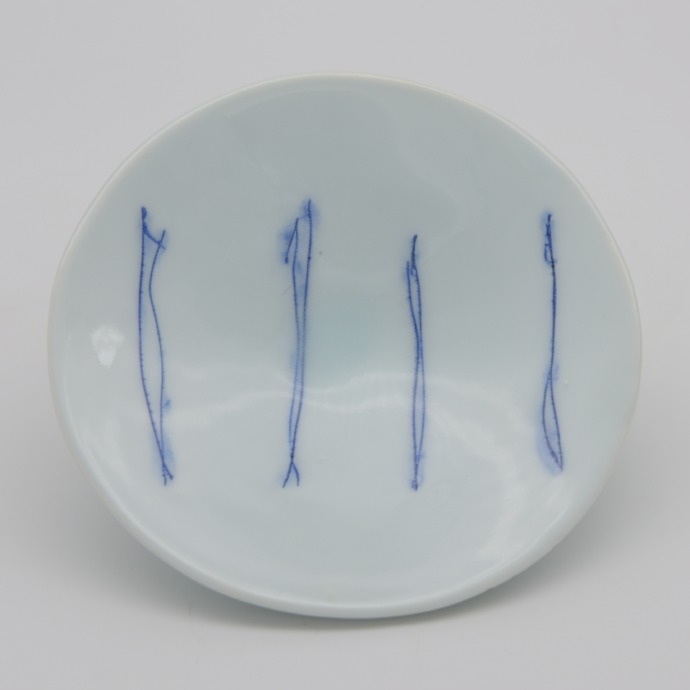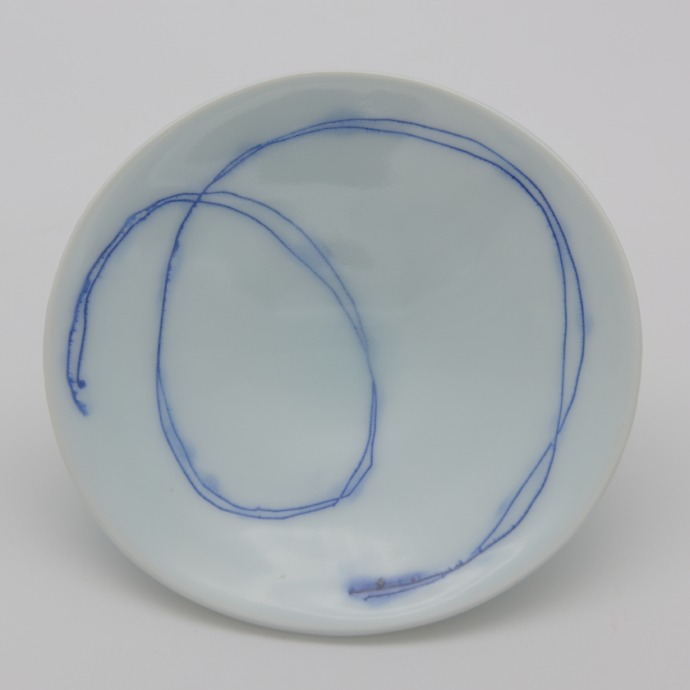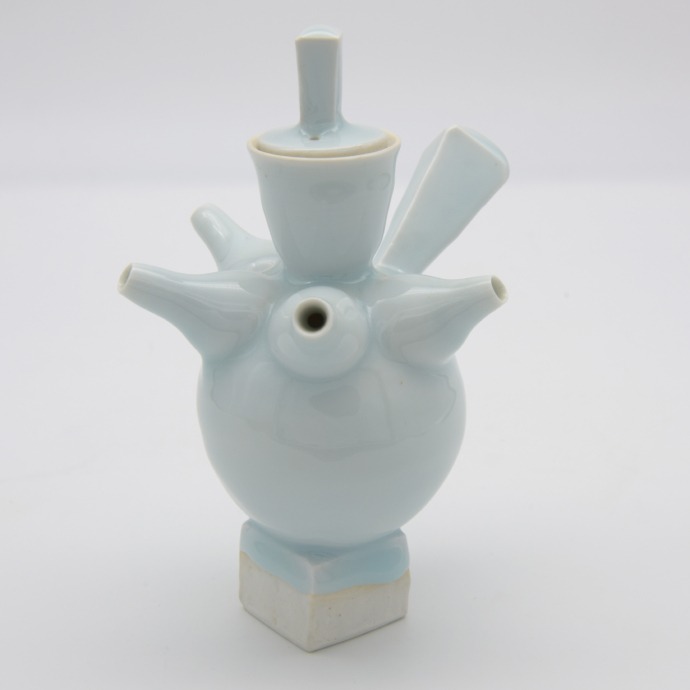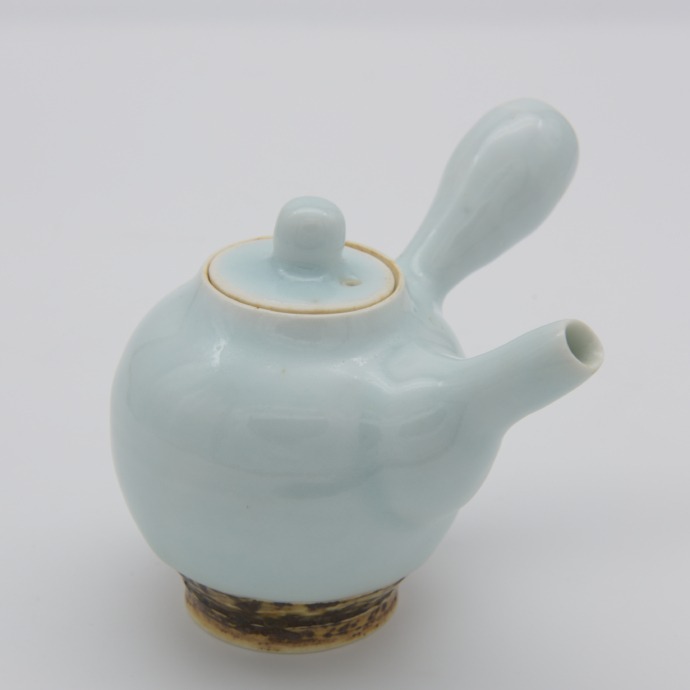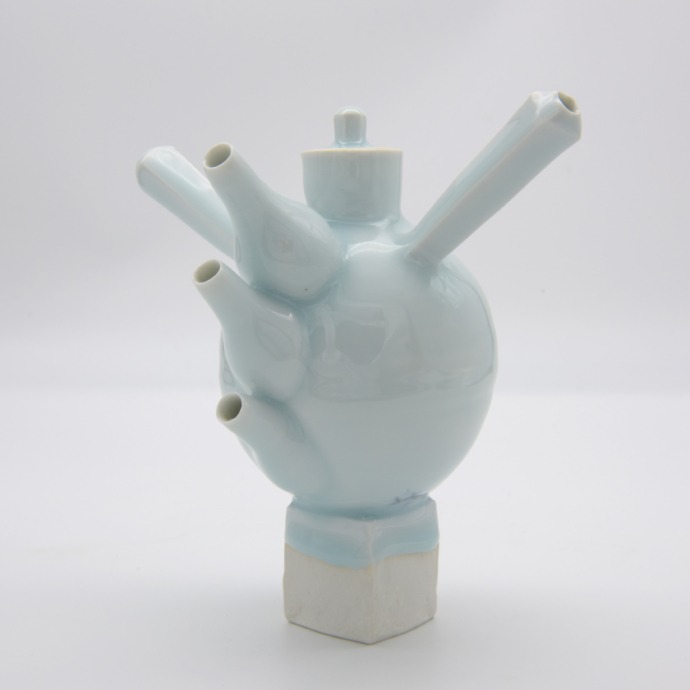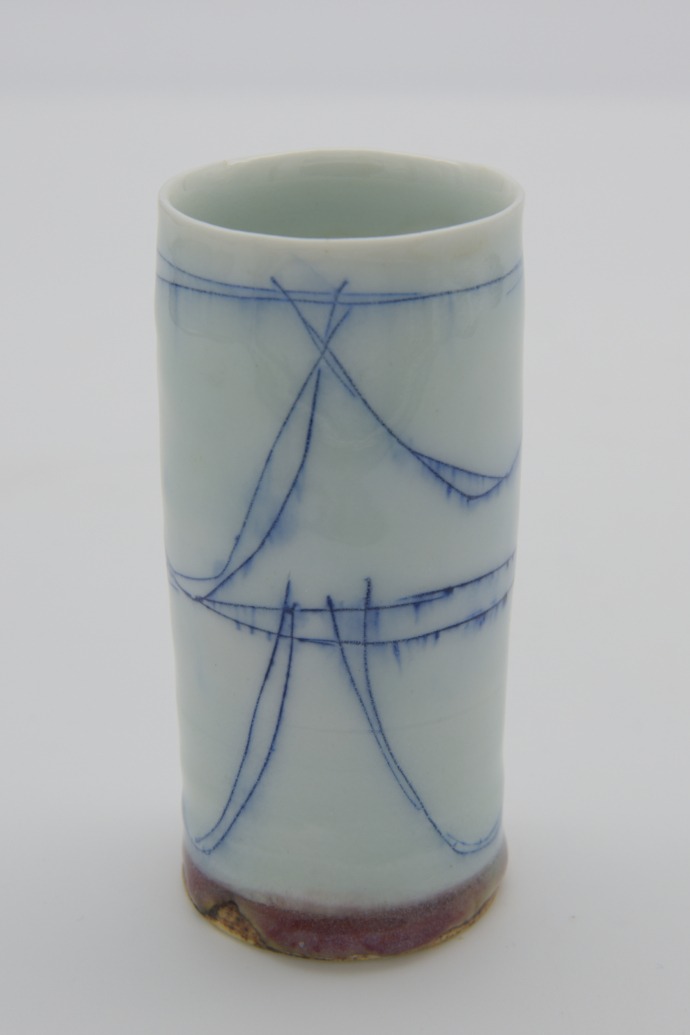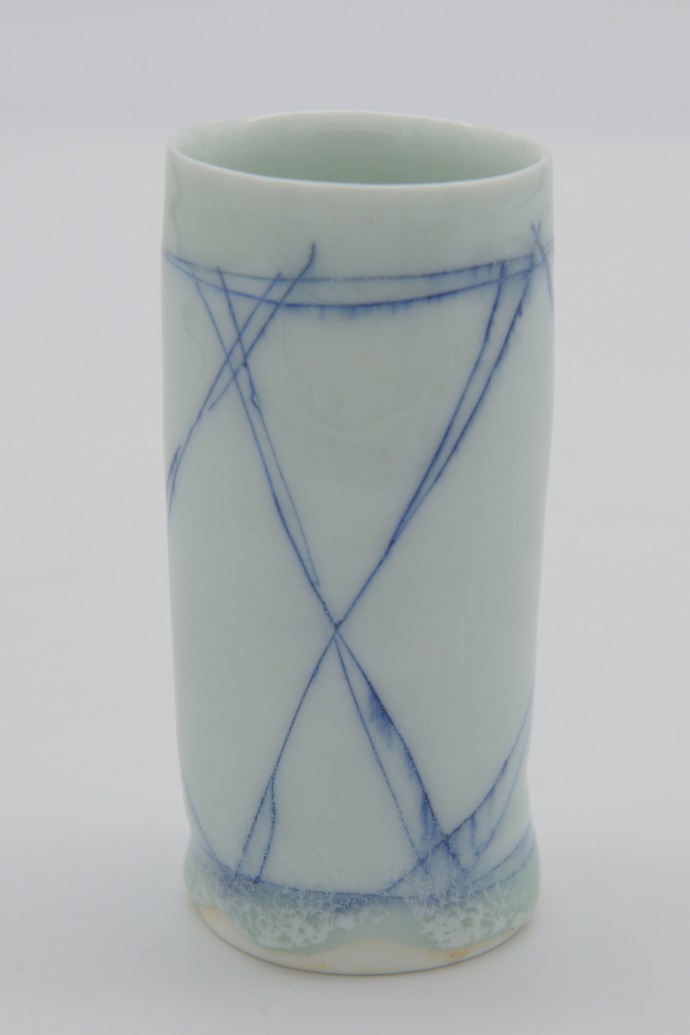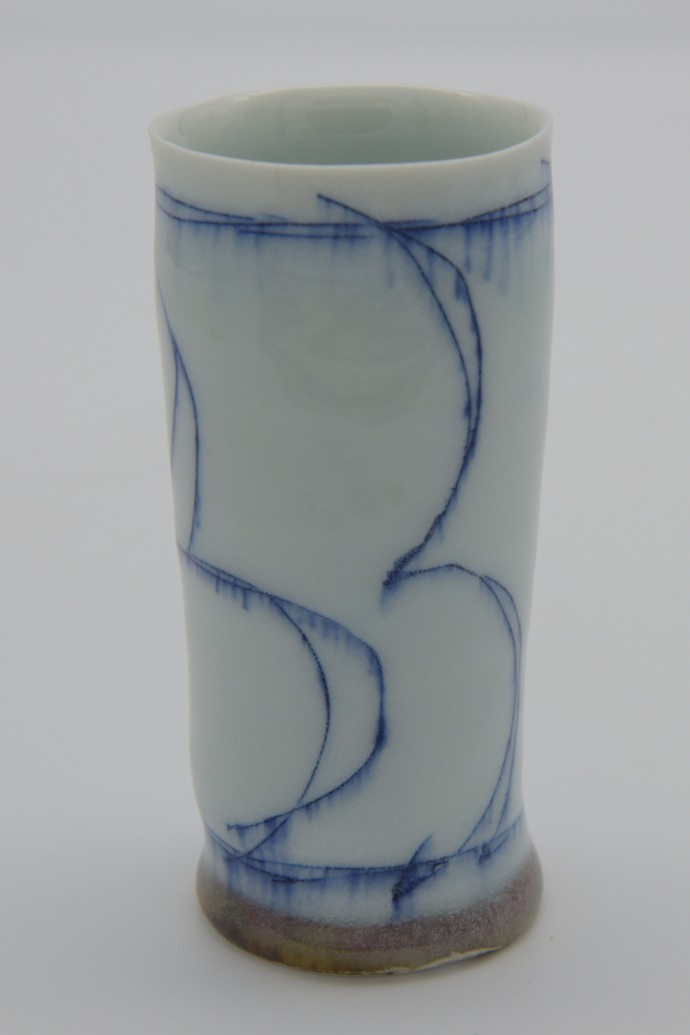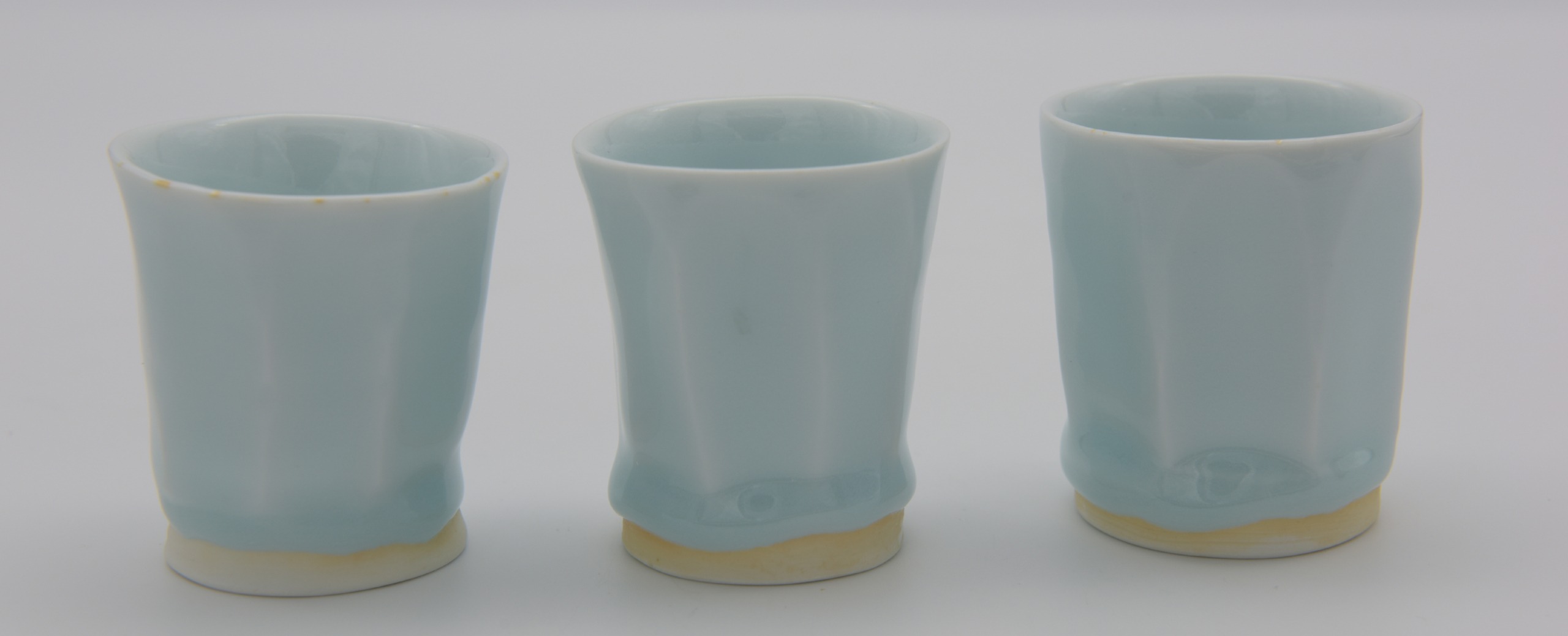27.10.2024 – 17.11.2024
TEA
with
Kerstin Abraham · Emmanuel Alexia · Ute Brade · Peter Callas · Claude Champy · Nani Champy Schott · Margaret Curtis · Pascal Geoffroy · Lena Kaapke · Young-Jae Lee · Uwe Löllmann · Keramische Werkstatt Margaretenhöhe · Helmut Menzel · Sebastian Pertl · Laetitia Pineda · Sebastian Scheid · Iris Schöne · Julian Stair · Volker Tiemann · Gotlind Weigel · Masamichi Yoshikawa
Exhibition opening on Sunday, 27 October 2024.
The gallery is open from 11 a.m. – 5 p.m.
Small tea ceremony on Sonntag, 27.October.2024 um 4 p.m.
By prior appointment only.
The exhibition is open
- Wednesday 14.30 – 19.00
- Saturday, 2.30 – 6 p.m.
- Sunday 11.00 – 17.00
and by appointment:
- Phone: +49 (0)6021 460224
- E-Mai: info@galerie-metzger.de
invisible placeholder
invisible placeholder
invisible placeholder
„Tea Table for Hedwig Bollhagen “ by Kerstin Abraham
… in her installation, Kerstin Abraham subtly takes up Hedwig Bollhagen’s simple yet timeless ceramic forms and their decor from the 1920s, the early 1930s and the 1970s and translates their colour into warm or cold grey tones – a receptive, historical moment, not least reminiscent of old black-and-white films. The faience top of her tea table was made after her own designs, based on Hedwig Bollhagen’s ceramic painting, by the painter Christa Tourmo working in the HB workshops. In this constellation, Kerstin Abraham made use of the craftsmanship on site. At the same time, she re-composed the proportions of the patterns for individual parts, which are, for instance, painted from the inside, over the edge of the vessel to the outside so that a new ornament is created on the edge.
The graphic clarity, the partially changed proportions of the patterns and the combination of the various decorations lend the work a unique and unmistakable aura.The tea table top with its faience brushwork is reminiscent in this context of a wax-coated tablecloth, wrapped in the old style around the edge of the table top in a technically complex process. This visibly shifts tea drinking into the kitchen, i.e. to a place where housework and family communication take place. At the same time, the table top impresses with a wonderful, deeply spatial shine, granting an autonomously founded artistic intensity going far beyond conceptions of applied art…
Uwe Haupenthal
Abwarten und − / Verlag der Kunst
invisible placeholder
invisible placeholder
invisible placeholder
To Listen to the Clay
“The Anagama kiln, used to fire my work, serves as a tool for intangible qualities of spirit and energy. The centerpiece for experimentation that records the passage of time as effectively as accumulated strata in the cross-sections of earth.
Its ability to conjure in simple, rustic form the material transformations associated with time and the natural forces that return all things to their origins.”
Peter Callas
invisible placeholder
invisible placeholder
invisible placeholder
Pascal Geoffroy
finds his inspiration in the heart of the Causse de Larzac, an austere, karstified limestone plateau in southern France.
To form the earth like chaotic rocks with their clefts.
To crack it like the ancient, wind-tormented pines.
To patinate the earth by fire with shades of smoke and ash.
To keep the long firing awake with wood.
To paint the pots with fire.
The results should do justice to the energy invested.
Pascal Geoffroy
invisible placeholder
invisible placeholder
Young-Jae Lee
…the bowl is what it is – simple, which is what it is, as one can now say.
The bowl is a bowl is a bowl…
Quote from the book „Einfachheit“ by Günter Figal
invisible placeholder
invisible placeholder
invisible placeholder
invisible placeholder
invisible placeholder
invisible placeholder
invisible placeholder
invisible placeholder
invisible placeholder
The possibilities of the vessel form are truly inspiring.
Artists such as Lucie Rie and Hans Coper showed me that this ancient artistic practice could encompass the concerns of the modern day. The objects I make are made to be appreciated visually but they are also materially complex, made to be appreciated through touch. Human interaction may become ever more problematized in our increasingly digital age. For me, pottery is a stealth art. It is an art of the everyday as well as the special occasion. Omnipresent, it operates while we wake up in the morning bleary-eyed through to occasions of grand social ritual.
Julian Stair
„We can linger with objects. With information, however, we cannot.“
(Byung-Chul Han, Undinge, 2021)
invisible placeholder
invisible placeholder
invisible placeholder
…In works such as Mein linker Arm beim Frühstück (“My Left Arm at Breakfast”)
this fragmentary nature becomes particularly evident. Just as a spotlight can draw attention to a particular part of an action on stage, in this case the total blocking-out, the non-existence of the surroundings, serves to highlight the detail. It is the juxtaposition of the bending finger that harmoniously complements the fixed shape of the spout to form a perfect arch, continuing the flow of dynamic energy.
In his works, Volker Tiemann repeatedly alludes to a collective memory of images. … . With the setting shown here, he offers a possible allusion to one of the world’s most famous works of art – Michelangelo’s paintings on the ceiling of the Sistine Chapel, which show the climax of the act of creation in the gesture of fingers touching. The fragmentation in Tiemann’s work corresponds to the fragmentary reception of this painting by Michelangelo, as in its reproduction it is often reduced to simply the detail of the touch….
From the opening speech: Dr Christine Korte-Beuckers, Volker Tiemann –
Anordnung und Klarheit (“Volker Tiemann – Arrangement and Clarity”), Galerie im Marstall Ahrensburg, 2013
invisible placeholder
invisible placeholder
invisible placeholder
invisible placeholder
invisible placeholder
invisible placeholder
invisible placeholder
